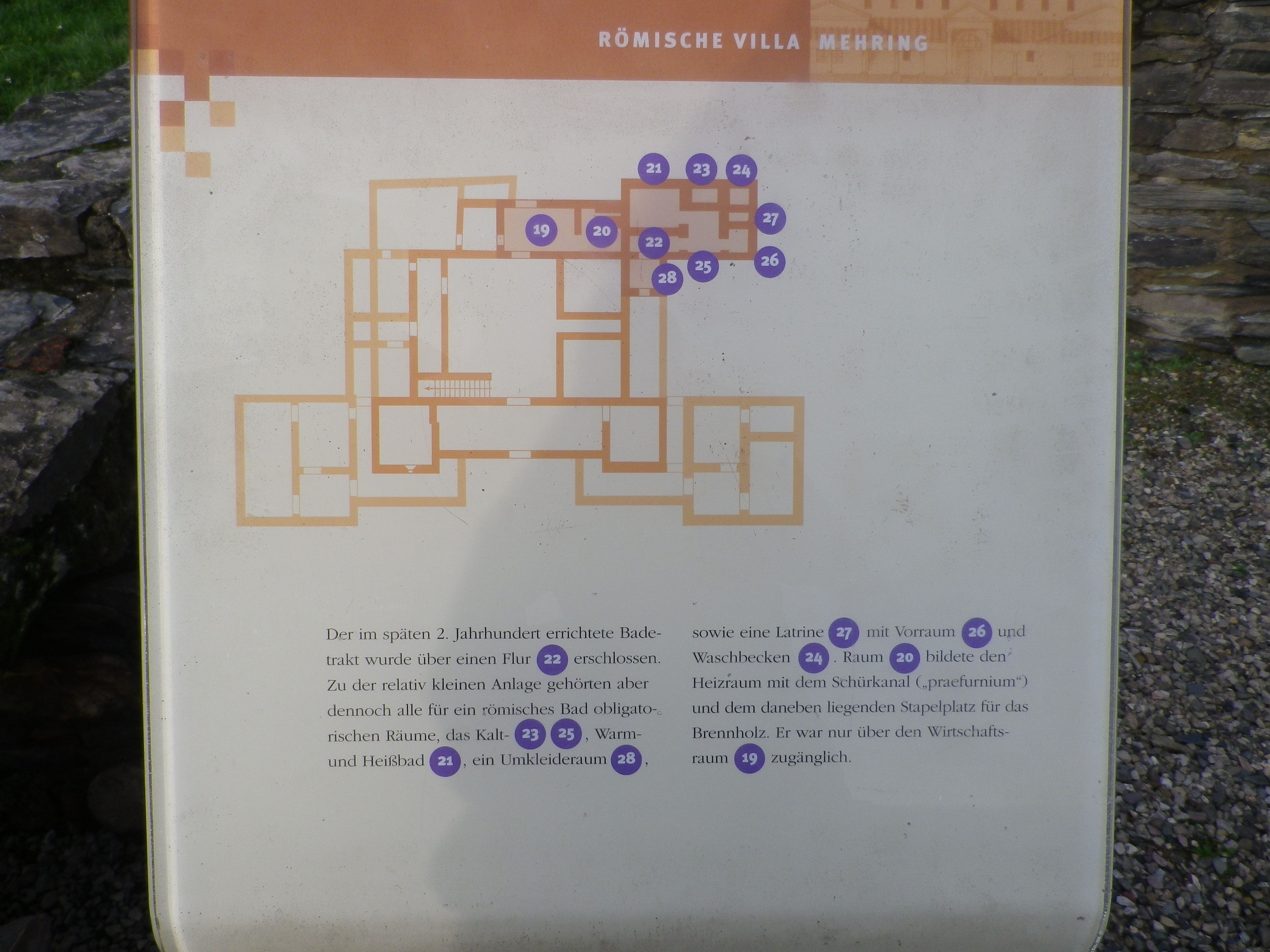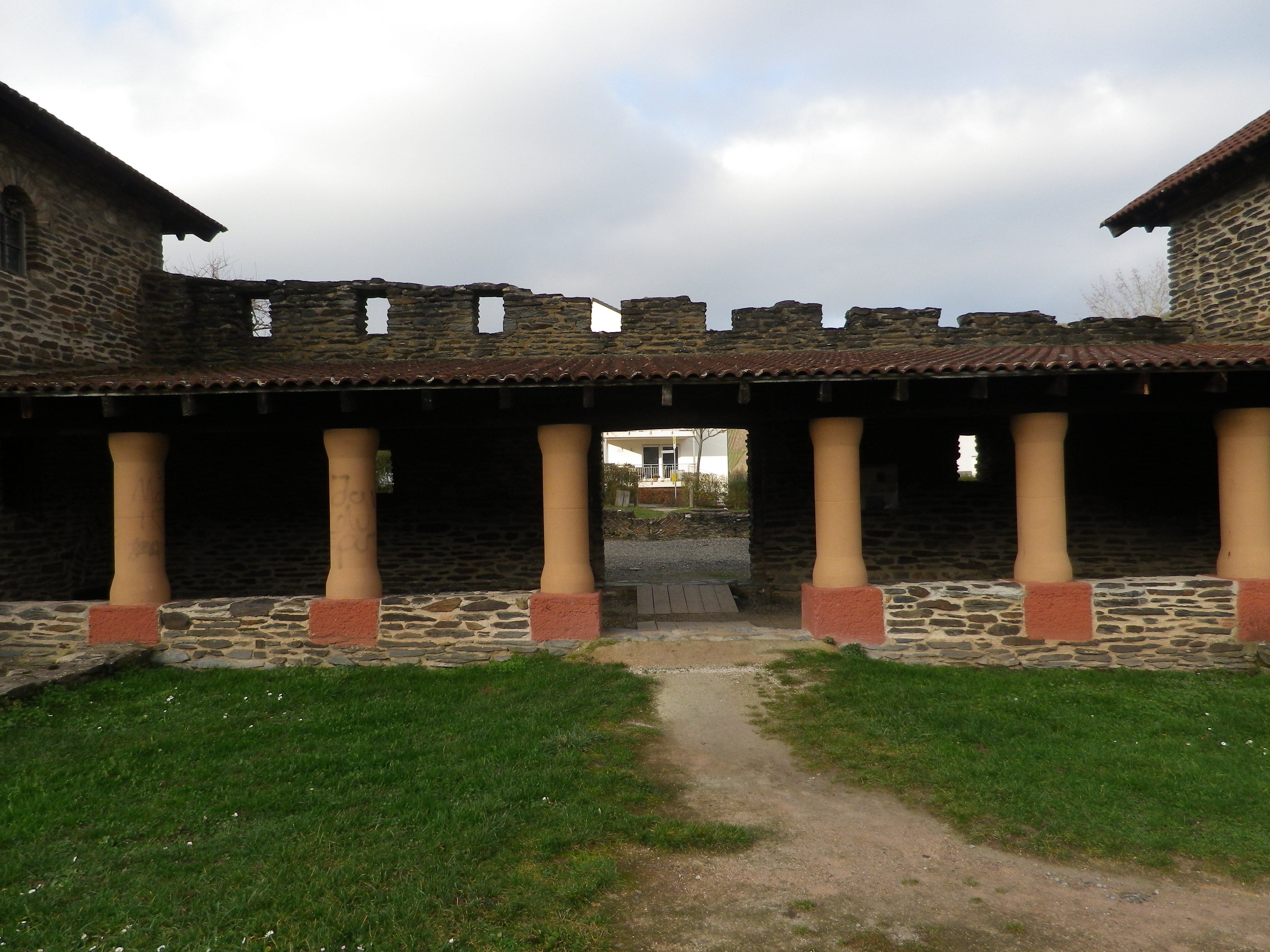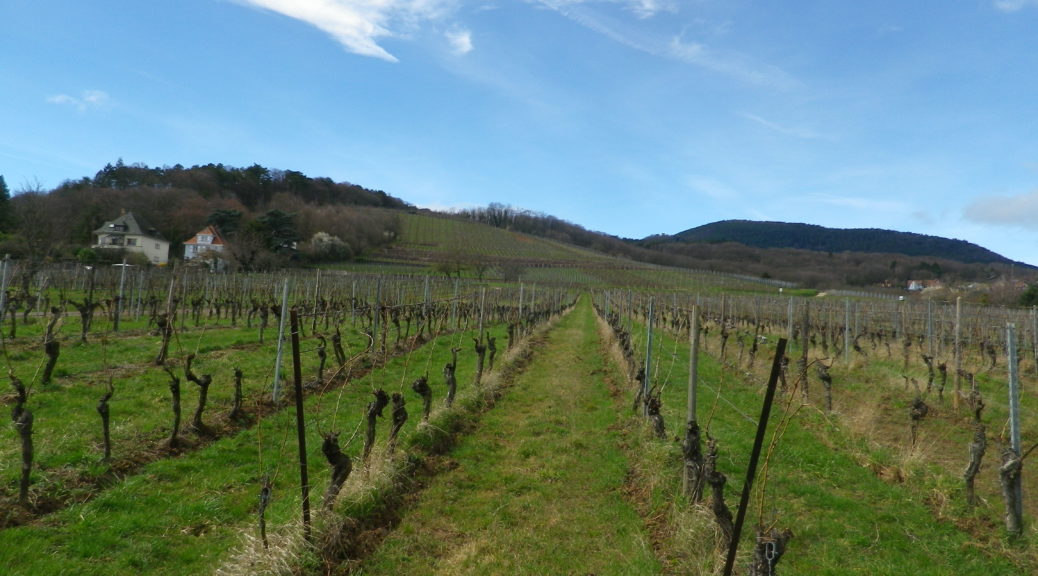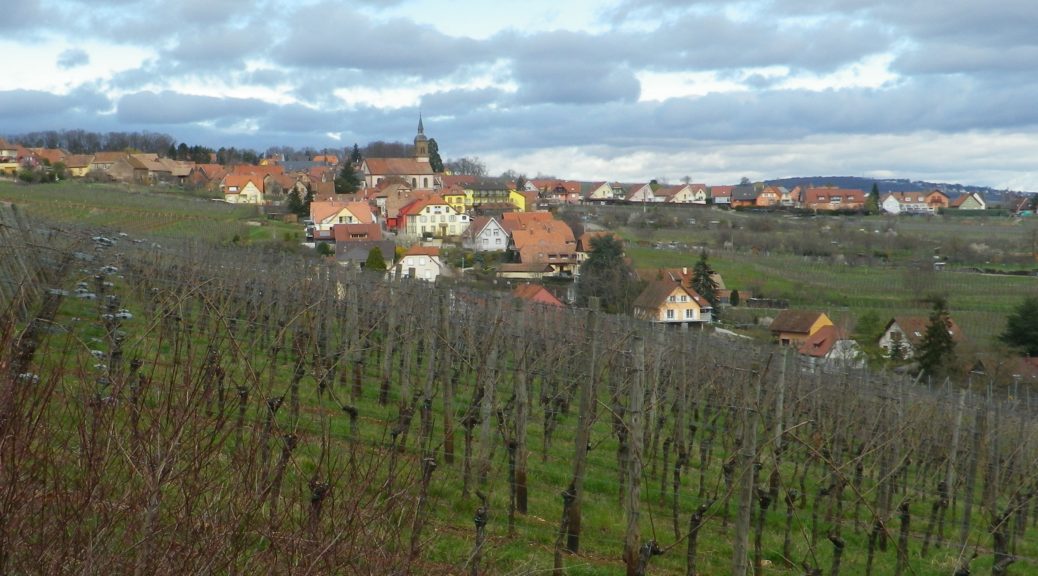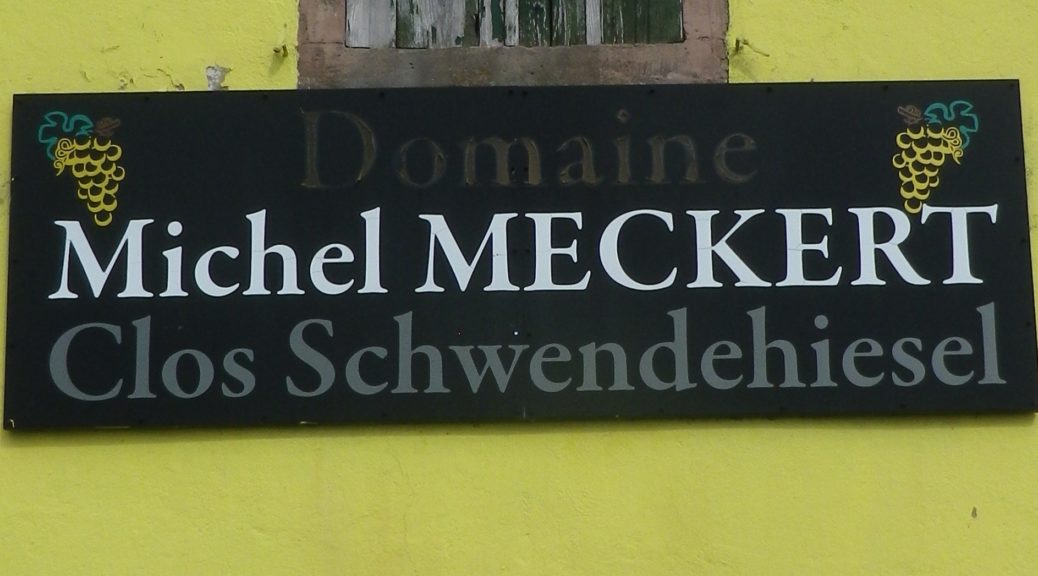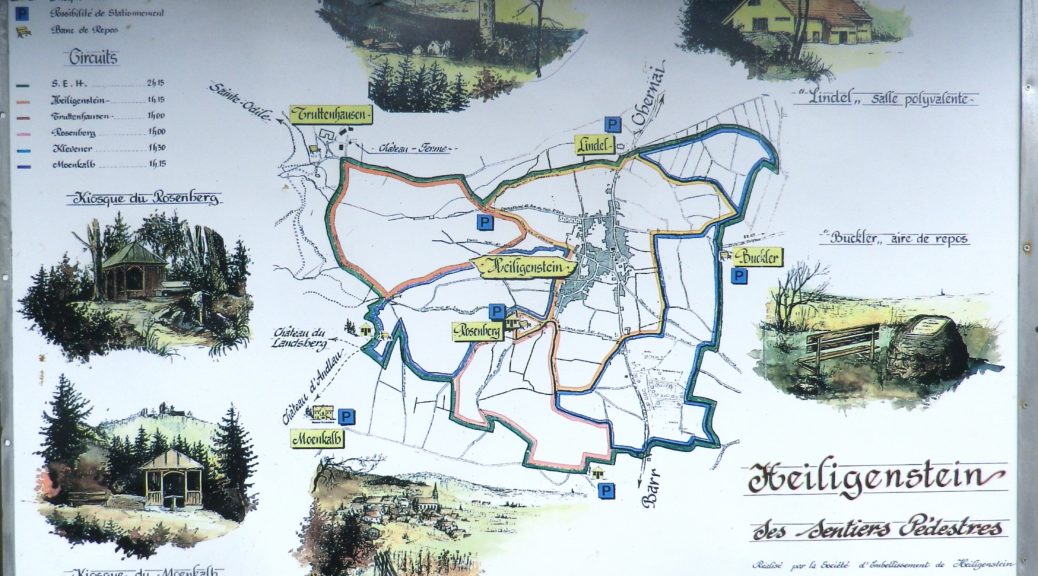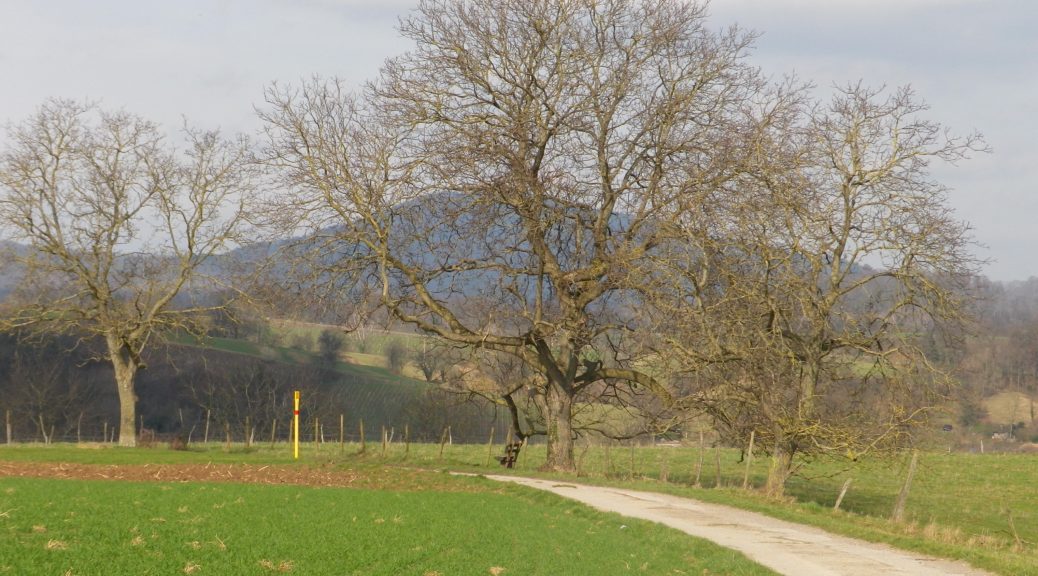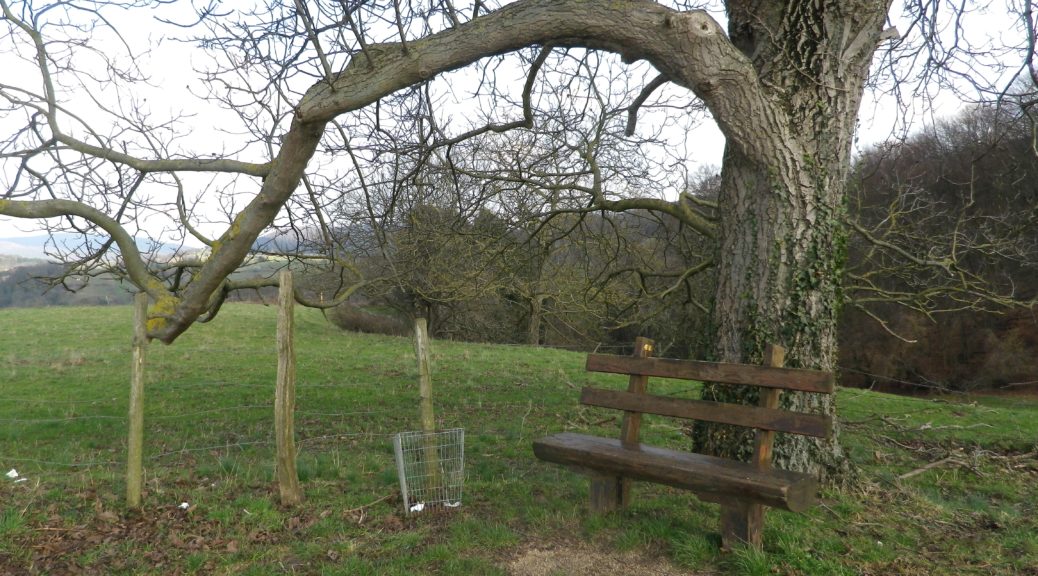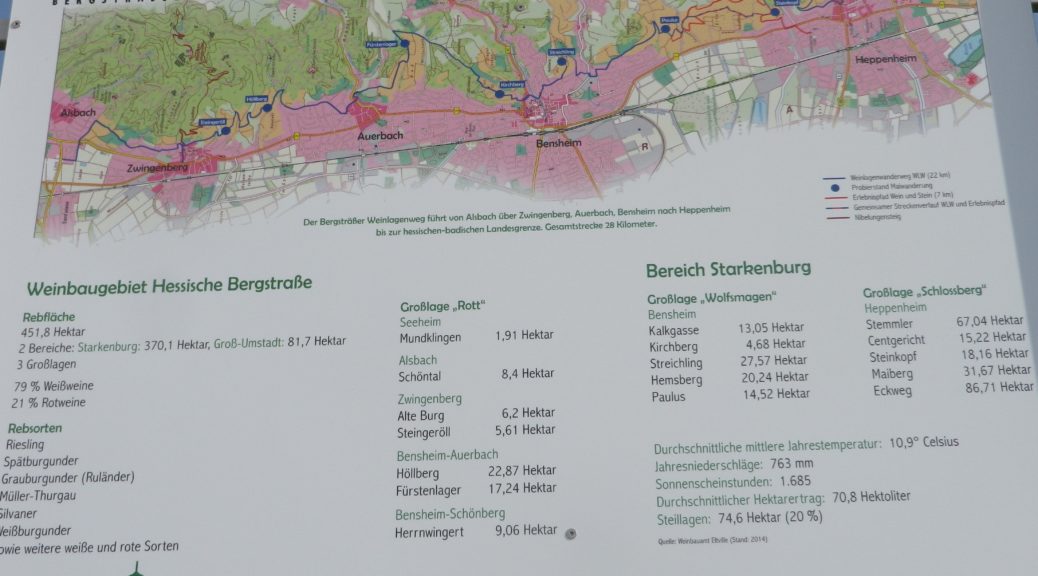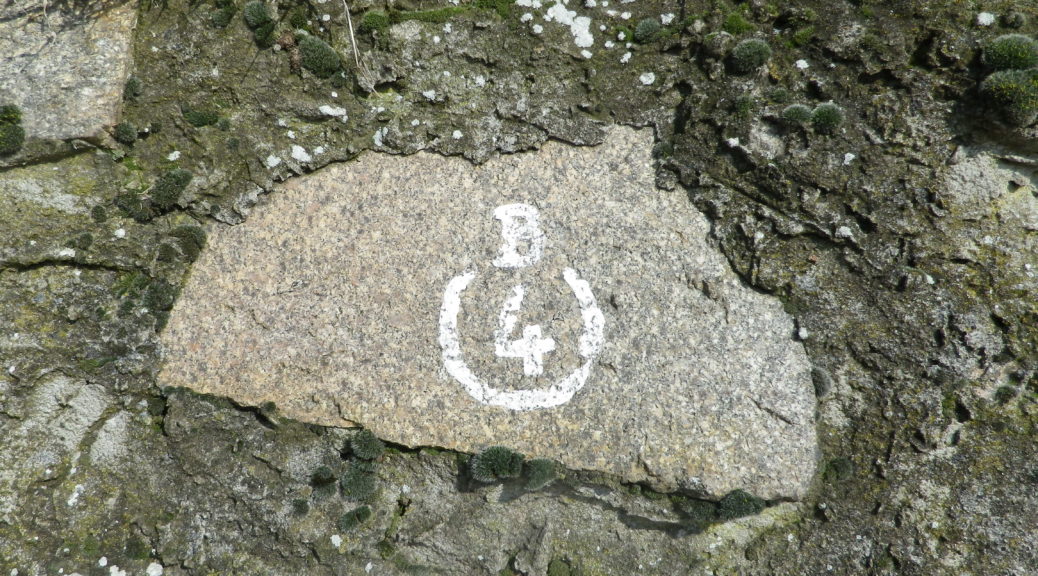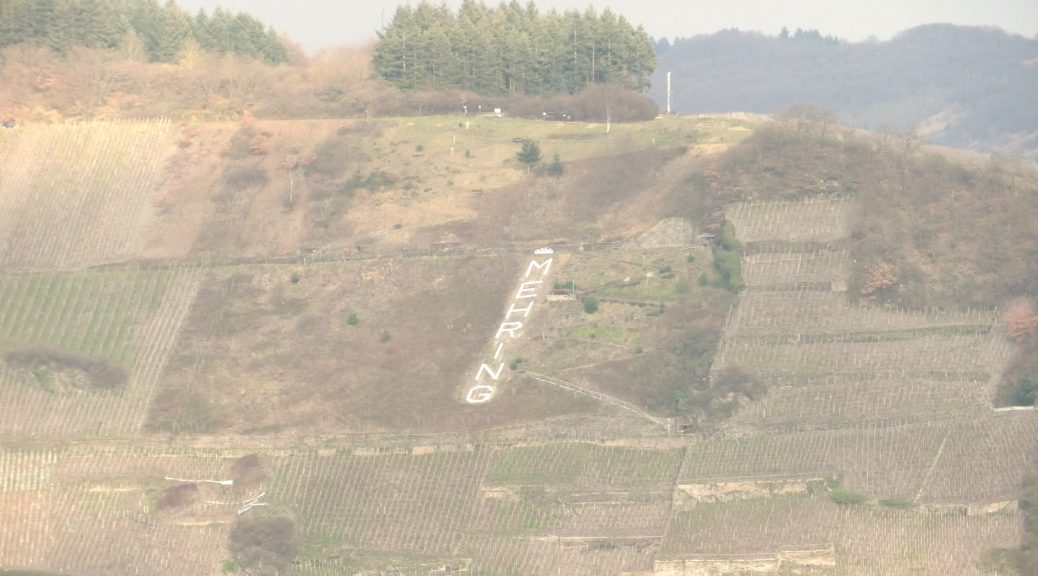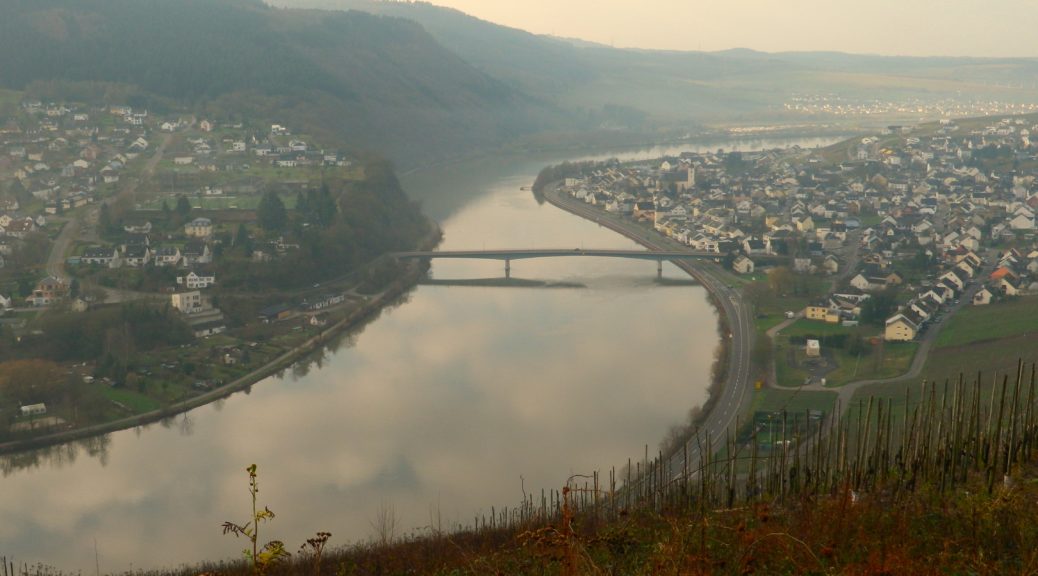All posts by admin
Uniquely Special in Alsace
There’s the Abbey of Truttenhausen, the Roseraie (Rose Garden), the Bear Fountain, and the famous (-for what, I don’t know-) Linden tree. All count among Heiligenstein’s attractions. I, however, was attracted to the grape vines. In Heiligenstein (and neighboring villages), the grape is the Savagnin rose, unique in Alsace. Heiligenstein’s vintners produce a special wine from this grape known as Klevener de Heiligenstein, a special aromatic wine reminiscent of Gewuerztraminer.
Fortunately, Heiligenstein has a number of hiking itineraries (and cycling itineraries) that pass through its vineyards. I selected one, a circuit, and computed the time I needed to finish before the wineries closed and the winter sun set behind the mountains. Mount Saint Odile lies to the west of the village. While only half the height of the tallest peak in the Vosges range, it rises sufficiently abruptly from the small town to form a protective barrier from the wind and cold.
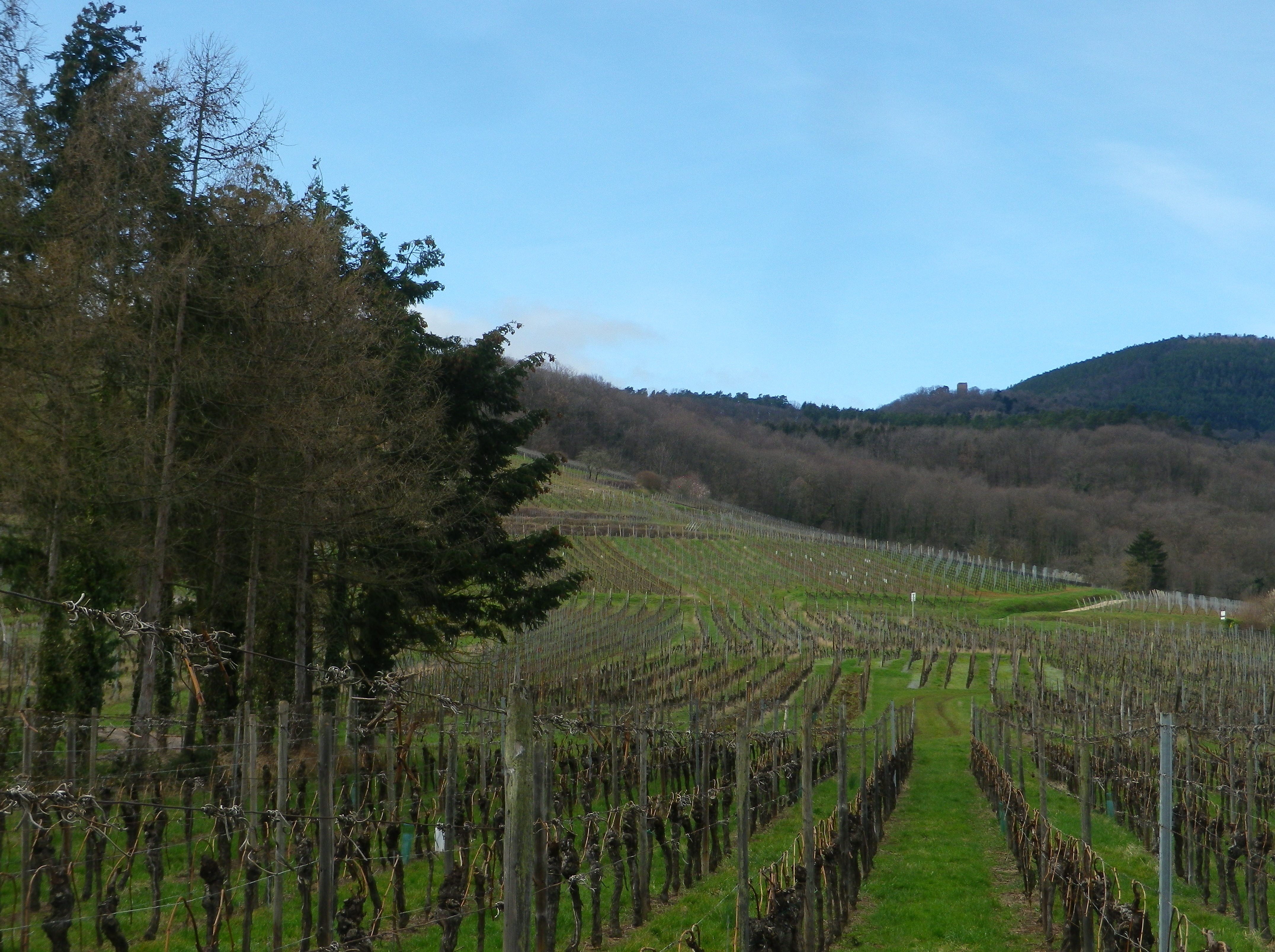
Thus, on a late February afternoon, the trail conditions were snow and ice free, even if it had been a bit rainy. No games or practices that day (maybe rain delays?), so the parking lot at the sports field was empty. Thus, it was a quiet start heading toward the mountain, but not a gloomy one. Rays of sun occasionally poked out from behind the clouds. Bright green was everywhere, even in winter, watered by the springs and rivulets that bubbled and burbled from the mountain side.
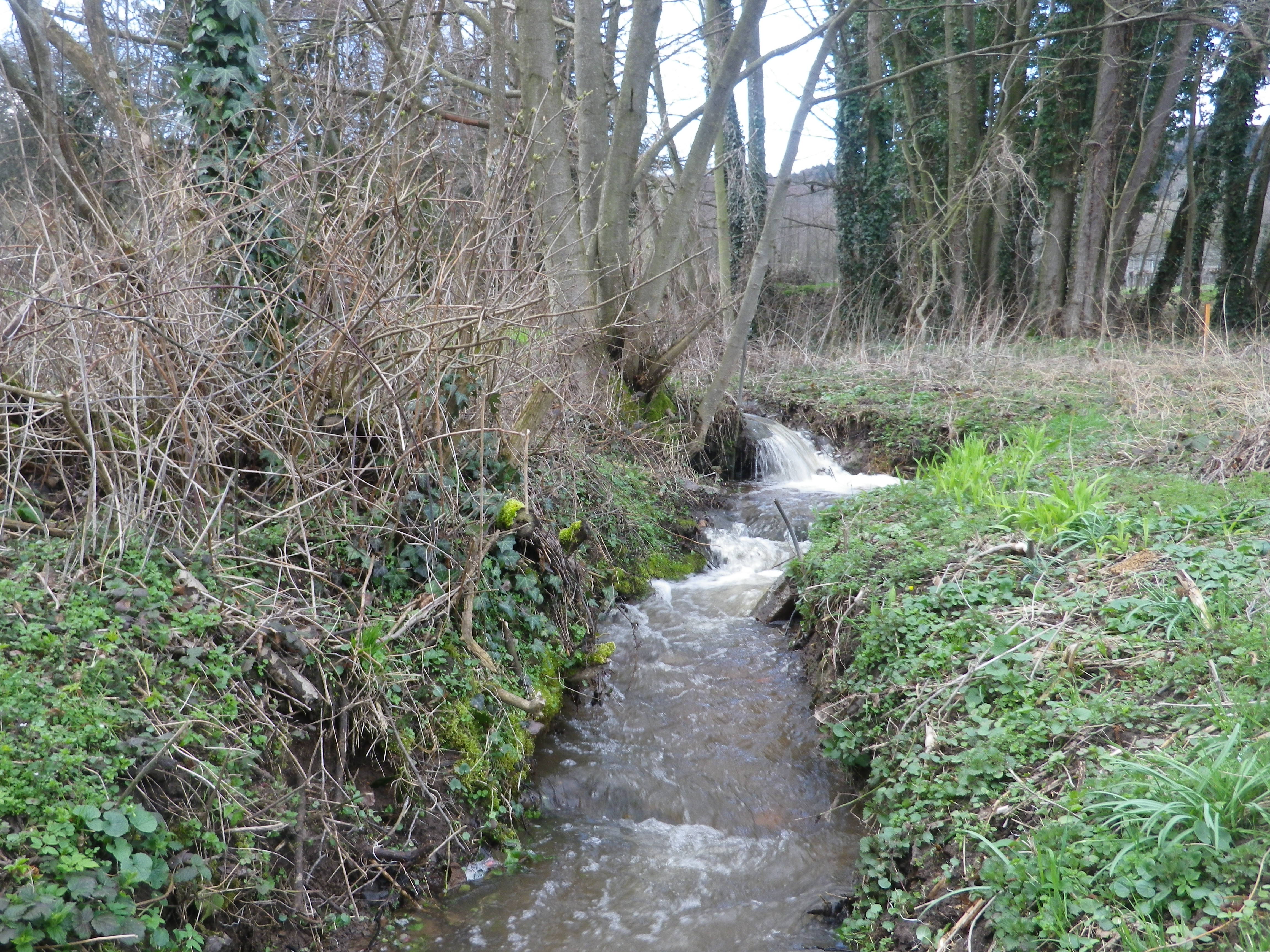
Approaching the area of Truttenhausen, signs to the Abbey appeared. Now in ruins, it is one of a couple of abbeys or chapels that developed on the slopes of Mount Saint Odile, a special place for a special saint from Alsace – one of their own who lived in this area about 1400 years ago. Her massive convent atop the mountain, with a statue of the saint high above it, casts a protective eye over much of northern Alsace. (Worth a visit for the 360 degree views.) While my trail was significantly lower down the slope, the views across the Rhine River valley over to Germany were still awesome nonetheless.
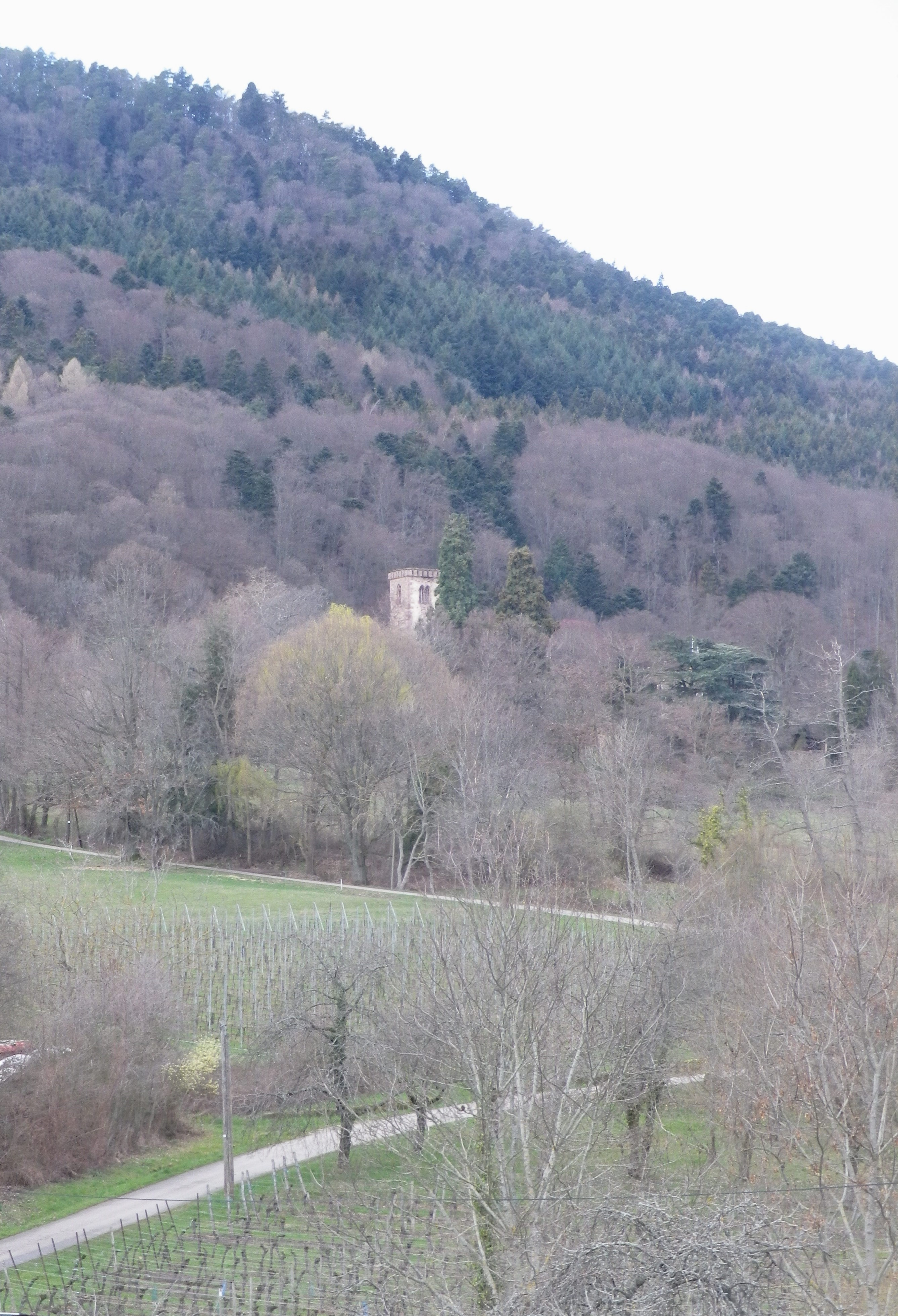
It wasn’t until after passing the famous landmark of the Linden of Heiligenstein, that the true extent of the town’s vineyards revealed itself. For beneath the tree-covered slopes of Mount Sainte Odile, vineyards extend downhill, toward the east and southeast for an impressive distance, until they adjoin the grain and vegetable fields of flatter lands to the east.
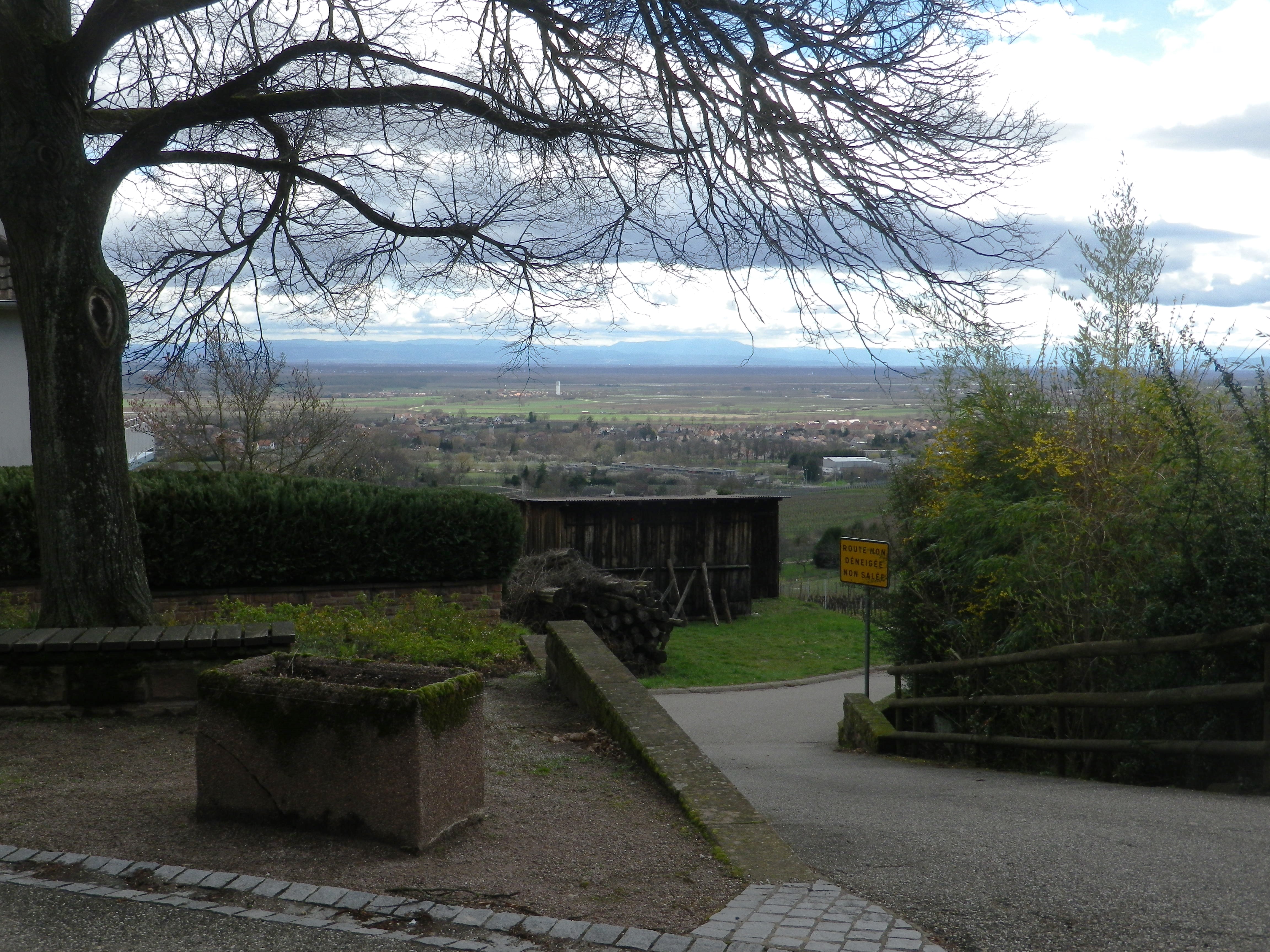
Following the circuit below the town placed me amidst acres of vines. Many plots have names, often they are (or were) enclosed. Many of the clos of Alsace are famous. One here was partially enclosed, but it never was famous, although it was obviously beloved by the local vintners at one point. Clos are special places where the grapes are particularly valued, hence protected by walls. Who knows – perhaps this is the plot where the grapes for the wine destined for the Bishop of Strasbourg, only 20 kilometers (about 12 miles) distant, grew. (Several towns, on both sides of the Rhine, owed an annual amount of wine to the Bishop of Strasbourg. Heiligenstein was just one of them.)
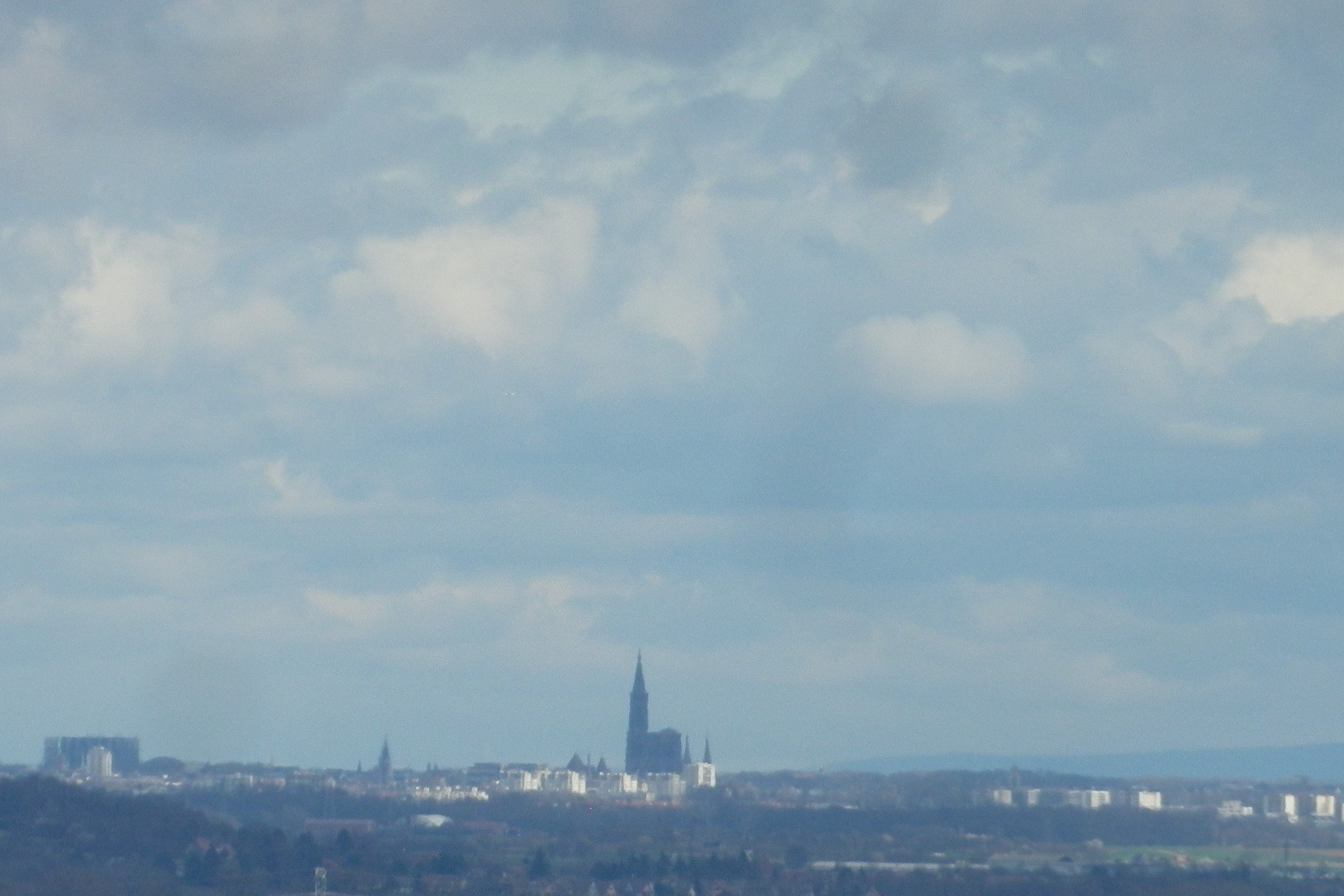
At the end of the circuit, I was less than half a kilometer from a few family-owned wineries. But it was necessary to jog to them to ensure I arrived before closing time. Unfortunately, there never seems to be enough time to enjoy wine! And unique wines like Klevener de Heiligenstein need both time and a special, objective perspective to savor them.
Wine Notes: Klevener de Heiligenstein
What I Learned
In 1742, Ehrhardt Wantz, mayor of the small village of Heiligenstein in Alsace, brought some Savagnin Rose vines from Italy. Descended from the Traminer grape (Gewuerztraminer), which also came originally from Italy, these grapes were planted in Heiligenstein and subsequently in some surrounding villages (Gertwiller, among them). Currently a dozen or so vintners work with this varietal. Supplanted then as now in many respects by the Gewuerztraminer, it has a subtler aroma and flavor profile, and is less well-known. It finally obtained Appellation Alsace Klevener d’Heiligenstein Controlee status in 1971. (Reference: Alsace Habsiger Domaine website: https://www.domaine-habsiger.fr/#klevener)
Heiligenstein does not have any Grands Crus, although it does have some well-sited vineyards, favored with good slope and sun and wind exposure, along with vintners passionate about creating their wines. Subtle, yet aromatic, the unique Klevener de Heiligenstein wine truly deserves its appellation status.
What I Tasted
2017 Klevener de Heiligenstein (Savagnin), Cuvee Numero 1, Appellation d’Alsace Controlee, Domaine Charles Boch (Heiligenstein): A dry white wine with medium yellow gold color; a floral and pear nose, with strong floral and mineral flavors, with a hint of green fruit, medium minus acidity.
2017 Klevener de Heiligenstein (Savagnin), Cuvee Tentation, Appellation d’Alsace Controlee, Domaine Charles Boch (Heiligenstein): A dry white wine with pale, white gold color; floral and spice nose, with honey, spice, toasted nuts and floral flavors; medium minus acidity.
2016 Klevener de Heiligenstein (Savagnin), Appellation d’Alsace Controlee, Kleinbuhr: A dry white wine with medium plus yellow gold color; a floral nose with hints of turpentine (as in reminiscent of Riesling); spice, floral (rose) and nutty flavors; medium plus acidity, with a smooth finish.
2016 Klevener d’Heiligenstein (Savagnin), Appellation d’Alsace Controlee, Maison Alsace Habsiger (Gertwiller): A dry white wine with medium gold color; slight floral nose, with honey, floral, mineral and very slight exotic fruits flavors; medium acidity.
Klevener de Heiligenstein: Trail in a Nutshell
Trail Name: Klevener de Heiligenstein
Trail Type: A short distance circuit; well-maintained and much of it paved or hard-pack, marking on the trail varies.
Length:
Total – 7.5 kilometers/ 4.7 miles
Convenient to: Barr, Alsace, France
Marking:
Varied, and none specific to the circuit
Trail Description: A delightful short trail, easily done, which covered vineyards and town, and gave distant views of the Black Forest in Germany and Alsatian landscapes near and far. As it was in a sheltered, and lower position, this itinerary presented no problems in the winter with snow or ice.
Trailhead:
Heiligenstein: Sports field, R. Principale/D35
Parking:
Heiligenstein on the north end of the main road, R. Principale/D35, on the north edge of town, by the Sports Field
Public Transportation Options:
Rail: SNCF Trains from Strasbourg service nearby Gertwiller. From that station, the southern-most point of the trail is about 1 kilometer distant. (The station in Barr is a bit further, but also larger.)
Suggested Stages:
Not applicable
Trail Itinerary-Reference Points: (Counterclockwise)
Heiligenstein: R. Principale/D35, R. (du) Kritt, R. des Chateaux; Truttenhausen: Kiosk and Hering Monument, Chemin du Moenkalb, past the Tilleul du Moenkalb (a famous linden tree); R. du Weinberg; vineyards, than an unimproved path downhill to cross R. Principale/D35; pass north of Domaine Bachert; through vineyards and fields, @100 yds on Saint Simonsbrunnen, go right onto small paved path, follow to T intersection, cross R Ehret Wantz; dogleg left, then first right to follow the winding road for about 400 meters/1250 feet, then rightat the Y intersection; take second left to return to sports field on D35 (see Lookout Point by the Sports Field),
Representative Trail Photos:
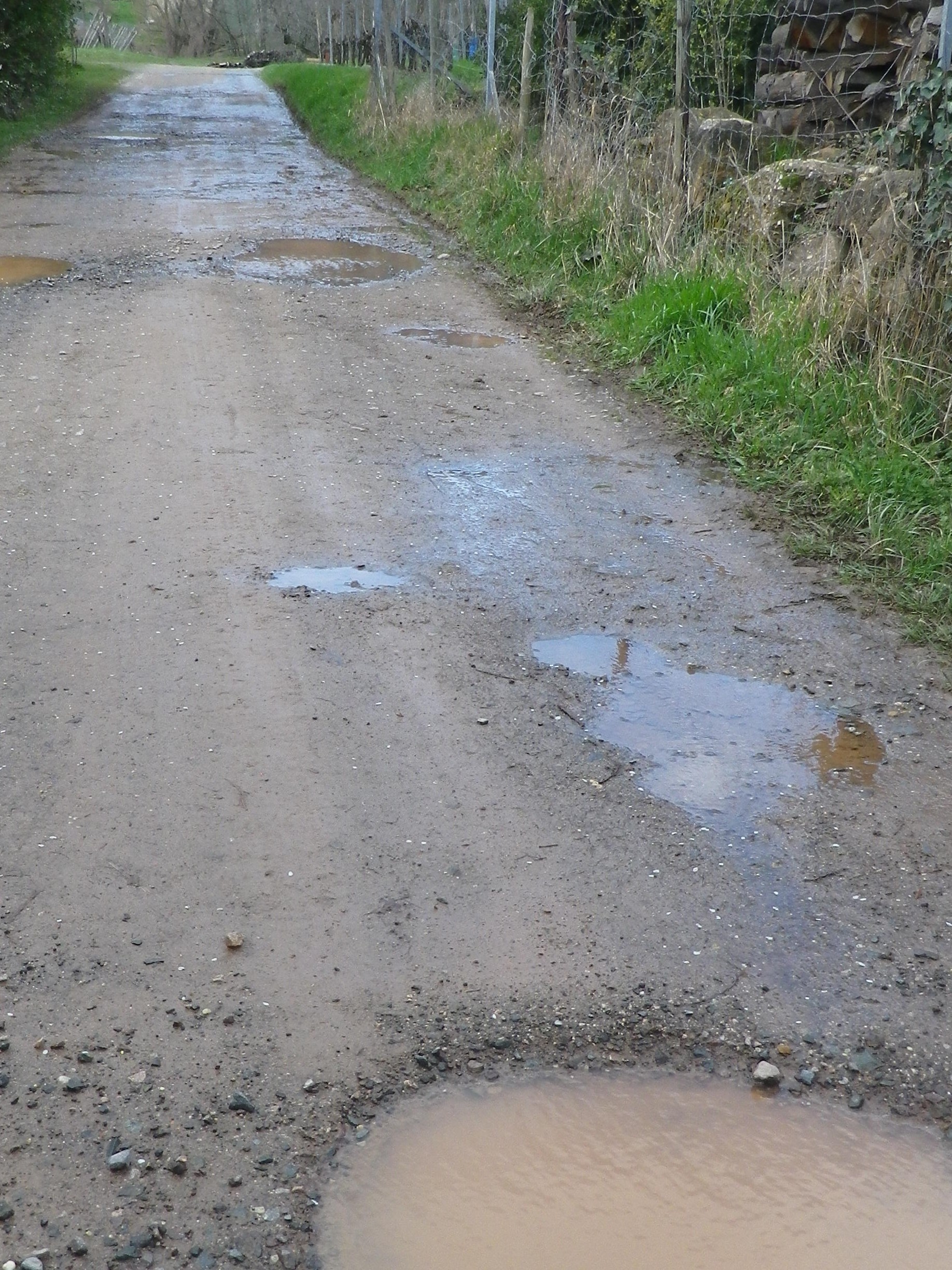
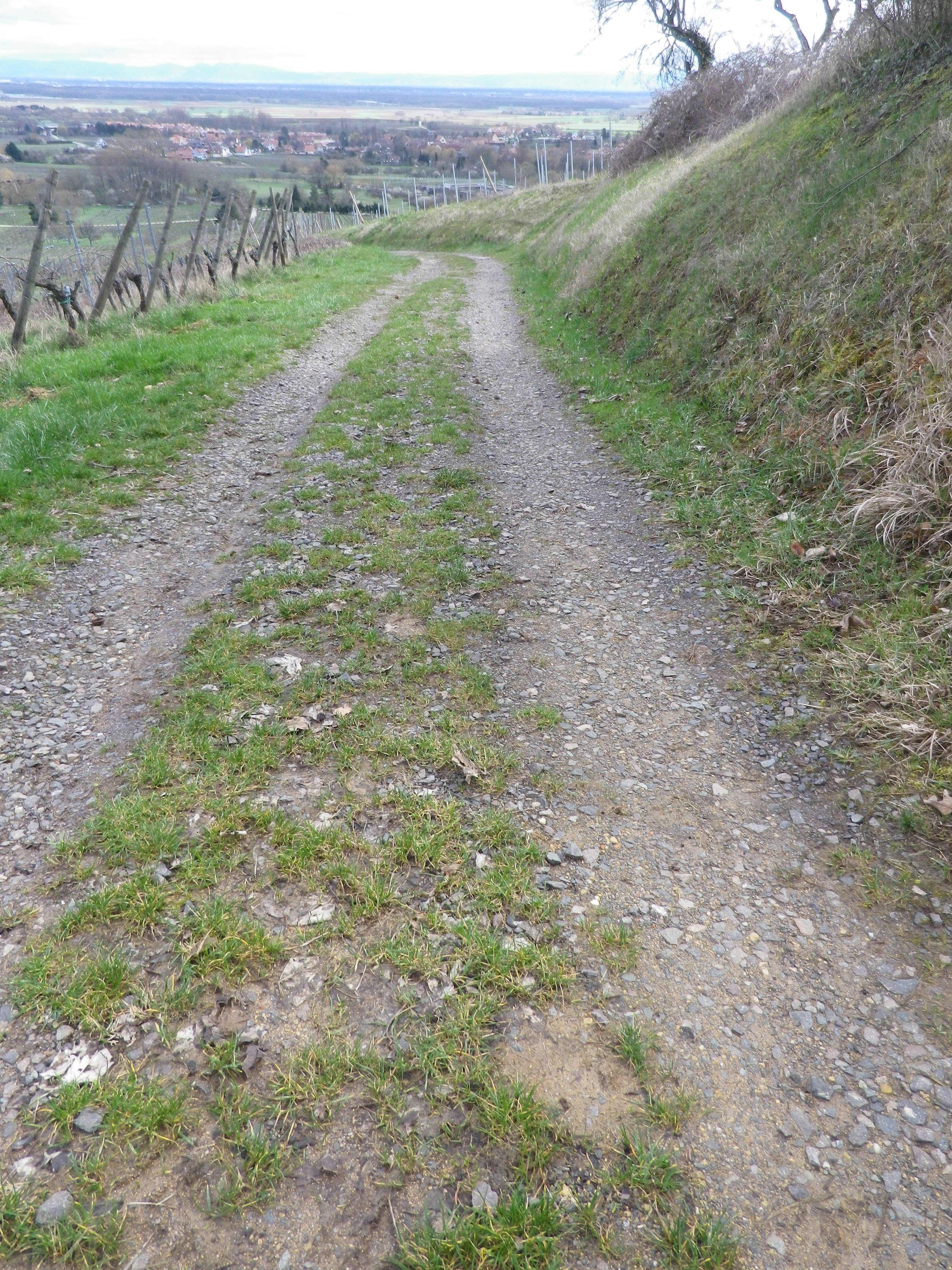
Restrooms:
Heiligenstein: R. Principale, behind the Mairie
Attractions on or near Trail:
None wine-related, other than the wineries!
Tasting along the Trail:
A few wineries on or near the trail that specialize in this varietal, and then other as well nearby.
Alternative Options:
Biking: Klevener et Pain d’Epice, a 32 kilometer/ 20 mile cycling circuit in this region. See https://www.alsaceavelo.fr/403000071-bl214-klevener-et-pain-depices/
Car: Heiligenstein is one of dozens of villages on the Route des Vins D’Alsace, almost 180 kilometers of car-touring route focused on Alsatian wines and through Alsatian vineyards.
Additional Information:
Regional: https://www.visit.alsace/
Trail specific:
https://apps.tourisme-alsace.info/photos/cdcbarr/photos/213000384_d1.pdf
Comments:
A peaceful village, in one of the least travelled sections of the Route des Vins d’Alsace, cultivating a varietal that is unique in France.
Gallery January 2024
Hesse’s Bergstrasse Heights
While not one of the more famous wine regions in Germany, the Hessische Bergstrasse region has a charm all its own. Only about 20 minutes from Heidelberg, a major tourist destination in its own right, with nearby vineyards falling within the Baden wine region, the Hessische Bergstrasse wine region is little known to visitors.
The wine town of Bensheim is but one of several small towns in this wine region, lined up like pearls in a necklace along the tourist road Bergstrasse. (So-called because it runs north to south along the western edge of the hills of the Odenwald forest.) Bensheim is also approximately the center of the Starkenburg wine district of this wine region. My trailhead for this hike was in the charming historic center of town. Filled with colorful half-timbered houses, and lots of architectural detail, it was a delightfully different way to begin hiking.
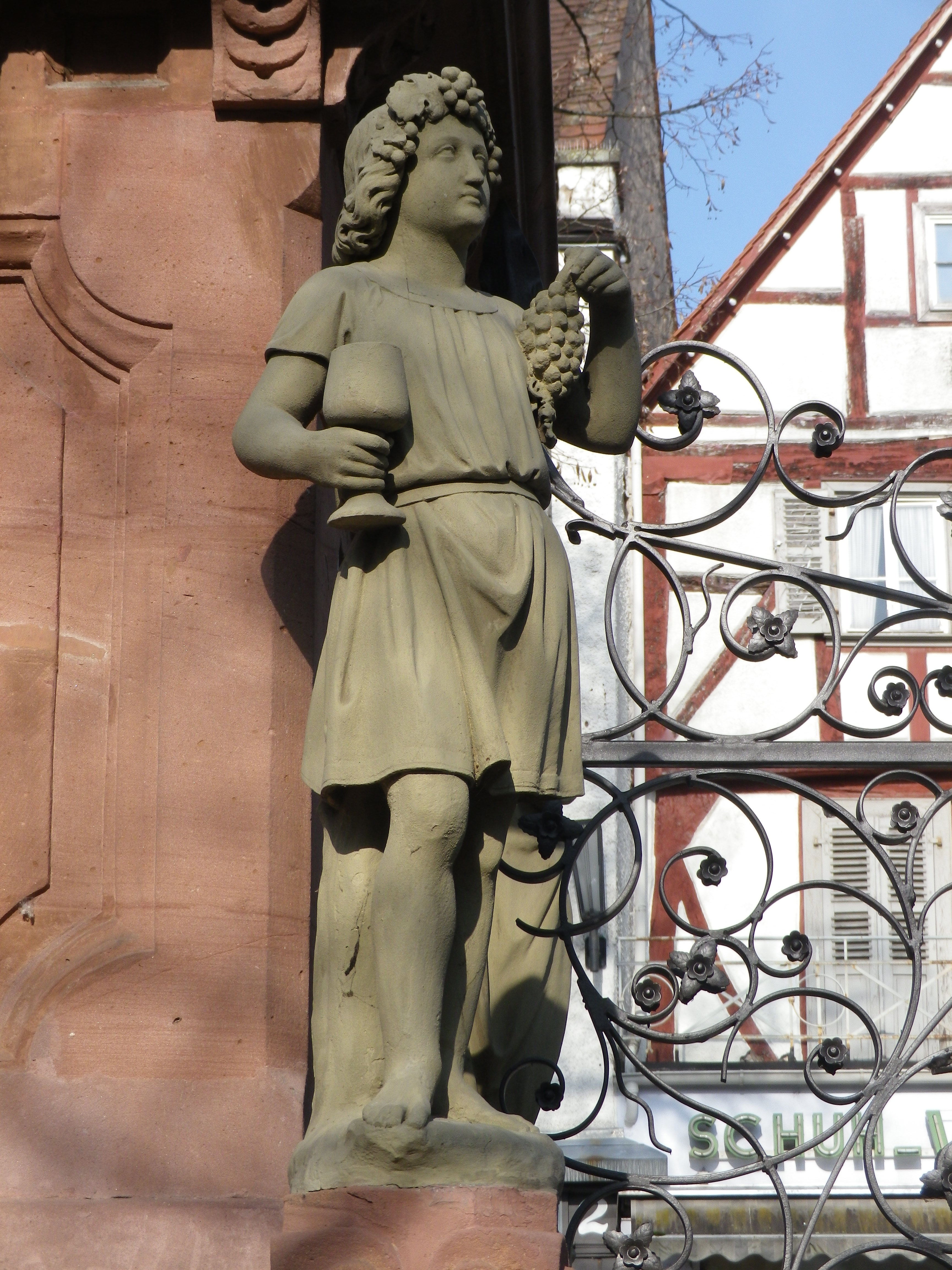
On reaching the outskirts of town, a church with a large cemetery appeared. A quick perusal of the area disclosed tidy, well-kept grave sites, each with distinctive stones. German cemeteries are interesting places to see at least once. Like Roman towns, gravesites were often found on the edge of town. (In fact, many German towns have a Waldfriedhof (a forest cemetery) in the town woods that form part of the township lands.) Now though, there are a couple of residential developments beyond it, but fortunately, the trail avoided those as led up the Hemsberg hill. Thus, the flat terrain of the town abruptly ends.
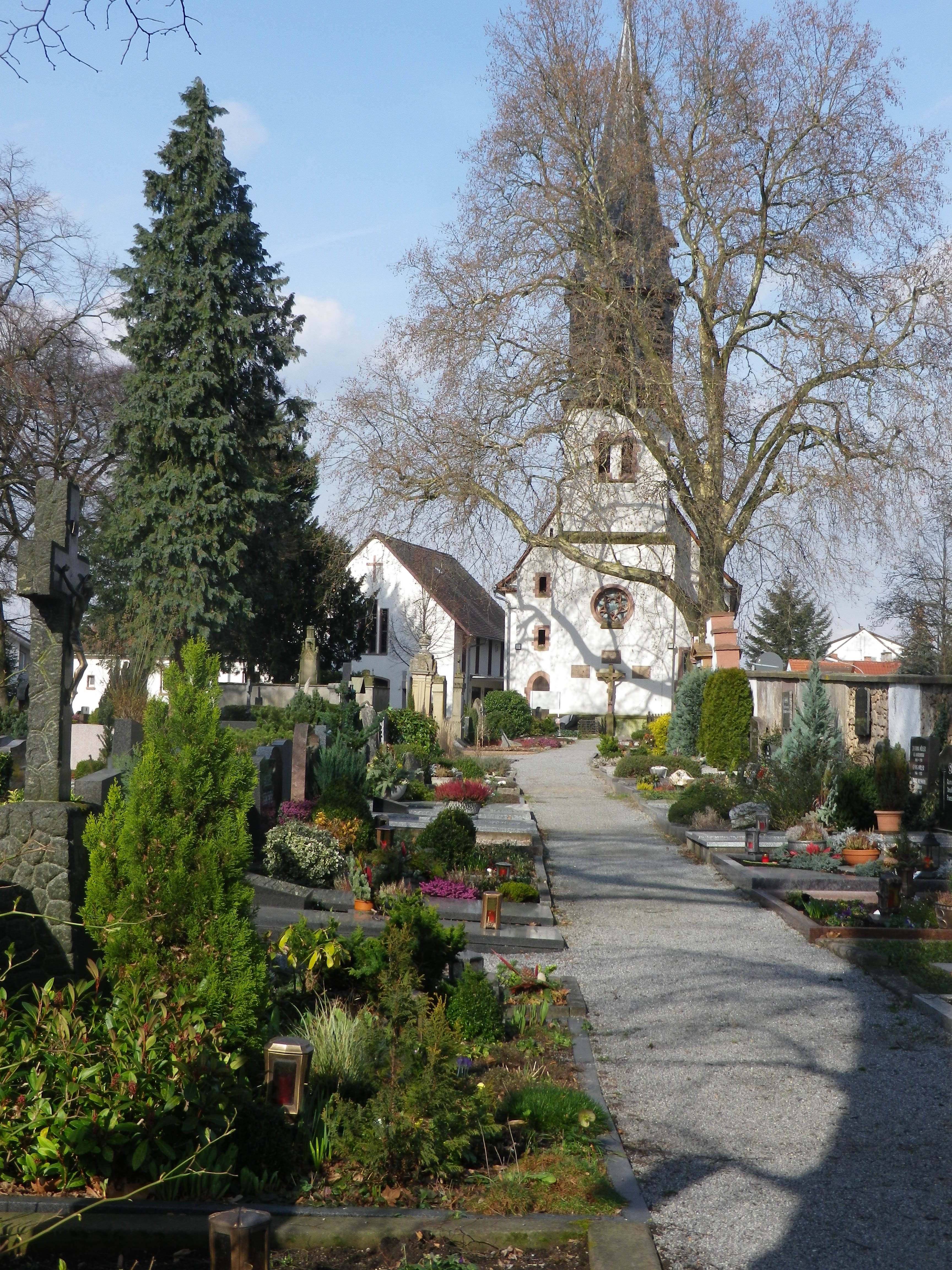
On the Hemsberg, the first of many vineyards began. While upon first entering the vineyard, the views over the Rhine Valley were impressive, once around the Hemsberg hill, the other hills stood out in dramatic relief. Looking east from the Rhine Valley, the hills often seem to be ridgelines. In reality, at least from the trail here, discrete peaks appear, giving the whole area a “hills and dales” character: Like a crumpled piece of tin foil upon which time and nature had intensified the effects.
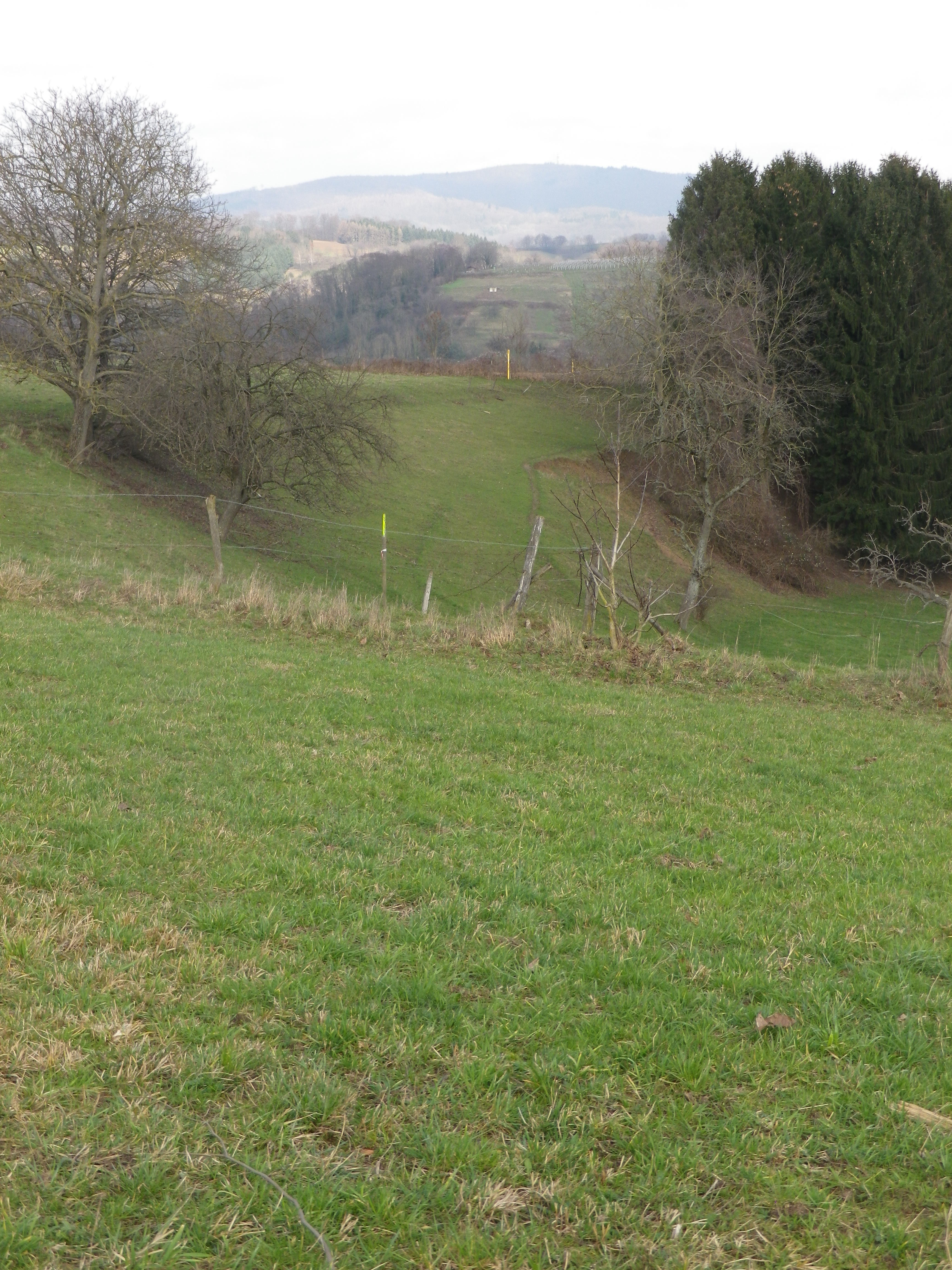
Upon leaving the vineyards, much of the rest of the hike passed through rural scenes: Fallow fields of undulating green, small copses scattered about, strips of brown furrows where the first plowing of the season had begun. Molehills rose before mountains which were tree-covered. Rivulets appeared, and disappeared into streams, the noisy music of water tinkling everywhere. Old trees, some sporting crowns of mistletoe stood as solitary sentries in backwater meadows.
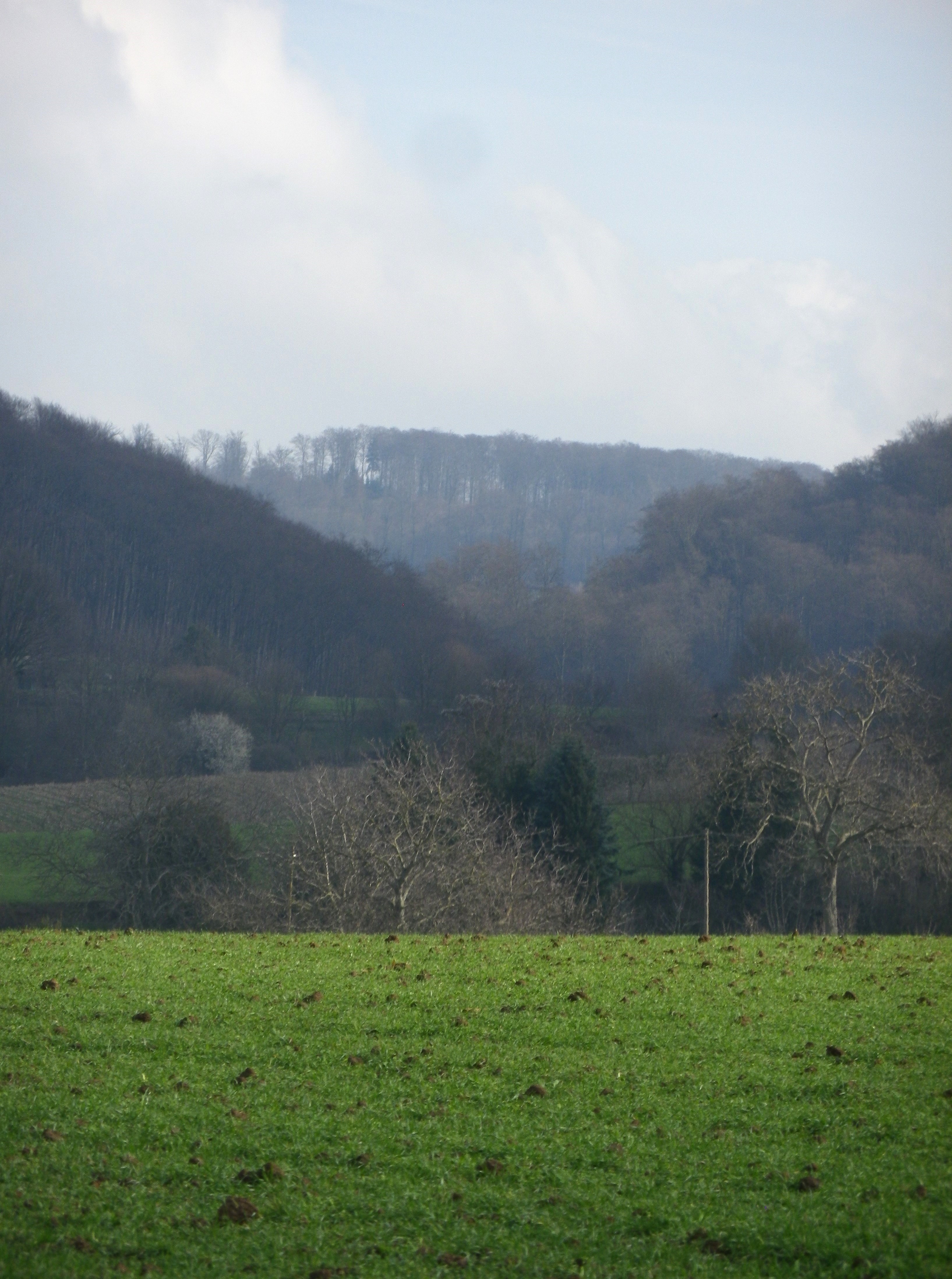
Rounding the trail through Gronau, the trail headed back toward Bensheim. I entered a large woodland, filled with setting sunlight casting long shadows. It was another quiet interlude through nature that ended on a path following the Lauter stream. As trees lined both sides of the stream, it wasn’t until almost back into the heart of Bensheim, that I realized the nature-filled idyll had ended, and the charming town-scape had reappeared. Quiet and lively, idyllic and charming, up and down, the trail itinerary offered a lot to experience, to see, and to taste in this tiny section of the Hessische Bergstrasse.
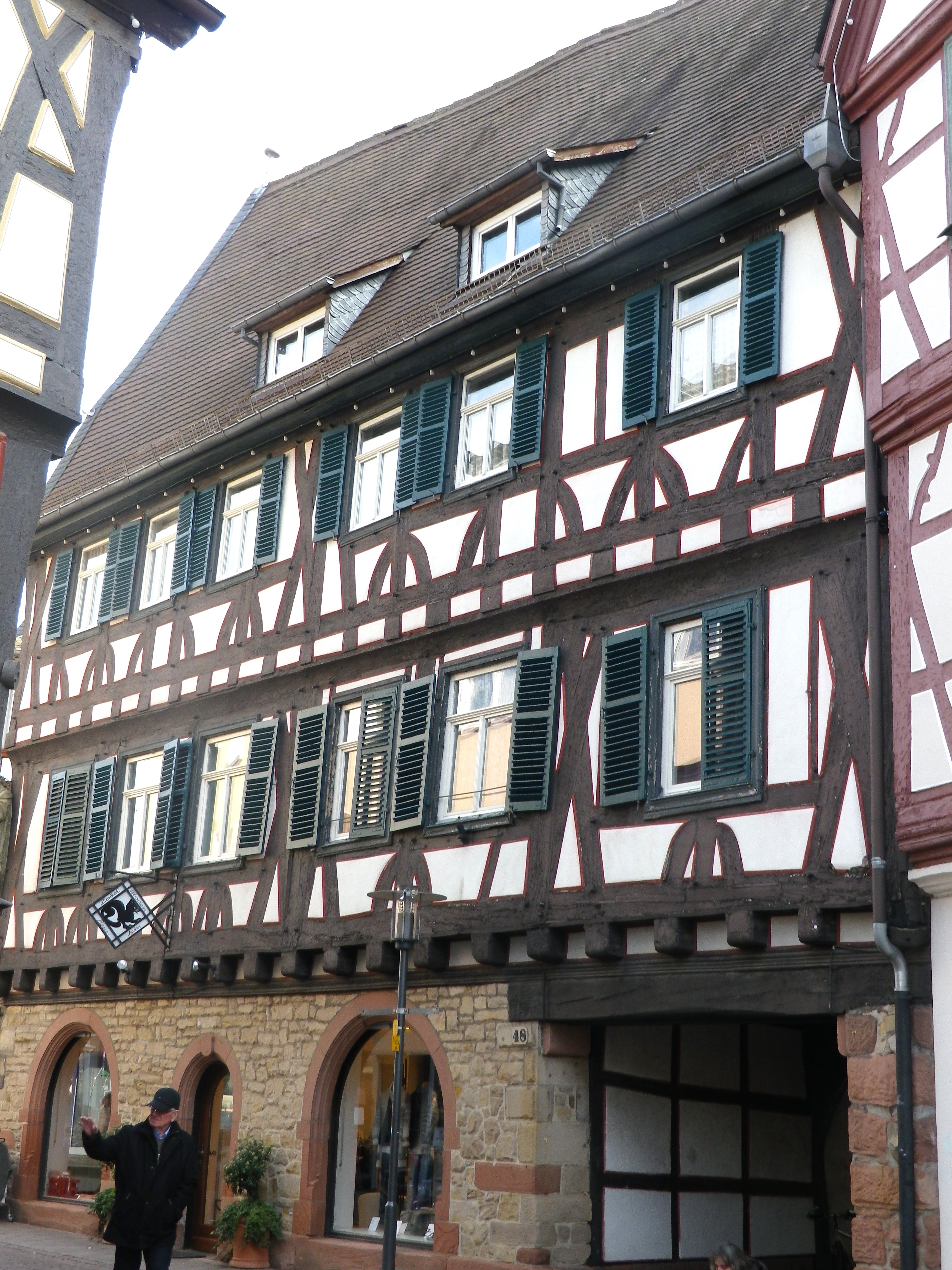
Wine Notes: Hessische Bergstrasse
What I Learned
The Hessische Bergstrasse wine region is not very well known outside of Germany, in spite of the fact that it begins only about 25 kilometers/16 miles north of the well-visited city of Heidelberg. It is the smallest German wine region, and has only two tiny districts. The Starkenburg district falls between the towns of Zwingenberg, to the north, and Heppenheim on the southern end. The town of Bensheim lies about midway between the two. Bensheim itself is home to a well-known Grosslage, the Wolfsmagen. The Streichling, Hemsberg, Stemmler, and Paulus vineyard areas cover the hills south and east of the old town. Much of the Hemsberg and Paulus have nice exposure to the sun as it sinks behind the Haardt mountains in the Pfalz, on the western side of the Rhine River valley. The Kirchberg and Kalkgasse lie separately, on the northern side of the old town center. Thus, the Wolfsmagen Grosslage can claim almost as much as acreage as the total acreage in the Umstadt district, the other, northern, district within the Hessische Bergstrasse wine region.
The principal grape varietals grown here are Riesling, Grauburgunder, Weissburgunder, and Silvaner. Spaetburgunder is the only red varietal grown here in significant quantities, although, some Dornfelder may be found and used in wine blends.
What I Tasted
2015 Riesling, Bensheimer Wolfsmagen, Hessische Bergstrasse, Trocken, Qualitaetswein, Weingut Goetzinger: A dry white wine with light plus gold color, green apple and fresh cut grass nose, with green apple and fresh cut grass flavors, with a hint of smoke, tart finish with medium plus acidity.
2014 Riesling, Bensheimer Hemsberg, Trocken, Qualitaetswein, Bergstraesser Winzer: A dry white wine with medium-light gold color; talc and slightly floral nose; citrus flavors, some hints of vanilla, mild acidity.
Rotsekt, Cuvee, Halbtrocken, Weinkellerei Josef Mohr (Bensheim): A semi-dry sparkling red wine (mostly Dornfelder) with dark cranberry red color and fine bubbles; nose of spices, predominantly cloves, and red berry and spice flavors.
Lichte Hoehe, Weinberge und Waelder: Trail in a Nutshell
Trail Name: Lichte Hoehe, Weinberge und Waelder (AKA: (Benheim’s) B4, and Gronau Weg)
Trail Type: Mid-distance circuit trail; partly paved, otherwise hard-packed earthen surfaces, well maintained, route well marked in most places.
Length:
Total: 13 km/8 miles
Marking: B4, written in white letters on a number of surfaces. See the photos below and above.
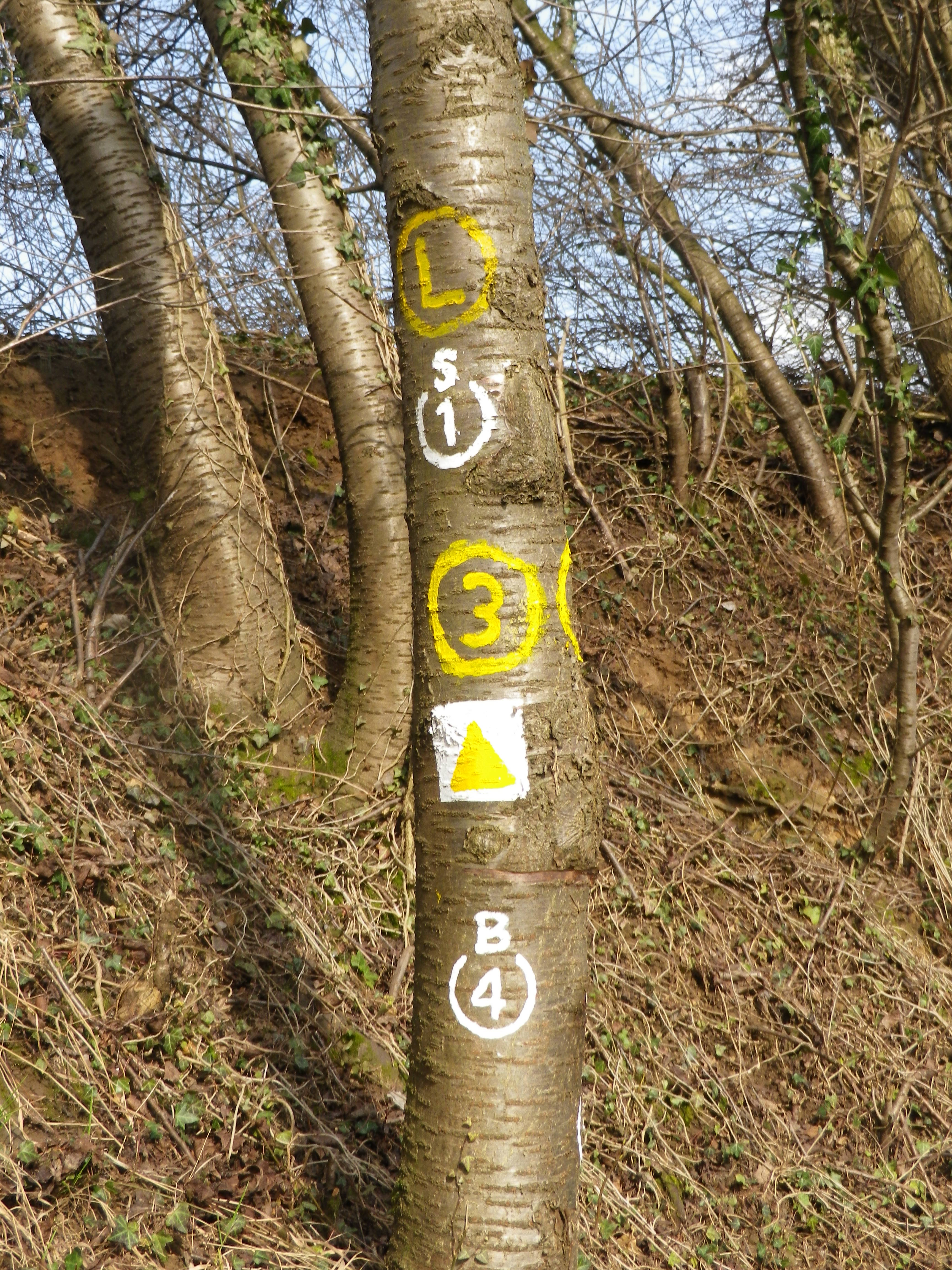
Trail Description: A real rambler’s ideal: such a variety of landscape, vegetation, and views can be difficult to find along other short trails. Mostly easy, with a couple of mildly challenging ascents, this trail, proceeding from urban to fields and forests, and back, seemed miles from Heidelberg and the busy Rhine River Valley cities, but was quite accessible from them.
Trailhead:
Bensheim: B47 (Nibelungenstr) x Bassmannweg
Parking Possibilities:
Bensheim: B47 (Nibelungenstr) x Bassmannweg
Public Transportation Options:
Rail: Frequent trains from most major cities north, south and west of this town. Check Deutsche Bahn for details.
Suggested Stages: Not applicable
Trail Itinerary-Reference Points: (clockwise)
Bensheim: Hauptstrasse x Gebergasse, Friedhofstr, past the cemetery and church, Hemsbergstr- Hemsbergweg, follow toward Hemsberg, vineyards, fields to Gronau; Gronau: Steinfoerstweg, Maerkerwaldstr; follow signs toward Schoenberger Kreuz; forest, Nibelungenstr (and path beside the Lauter creek); Bensheim: Bleichstr, Augartenstr, pass Marktplatz, Hauptstrasse.
Representative Trail Photos:
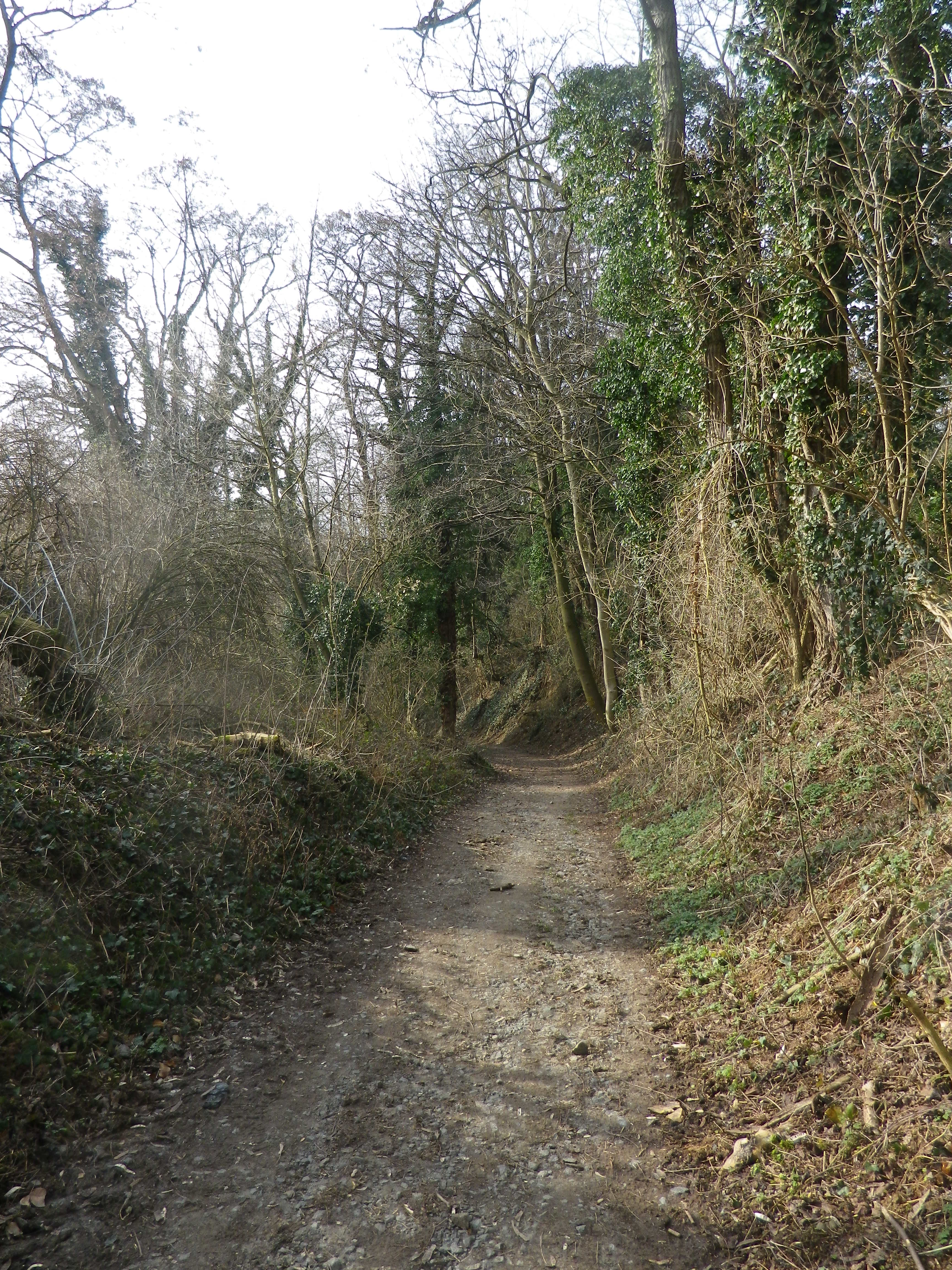
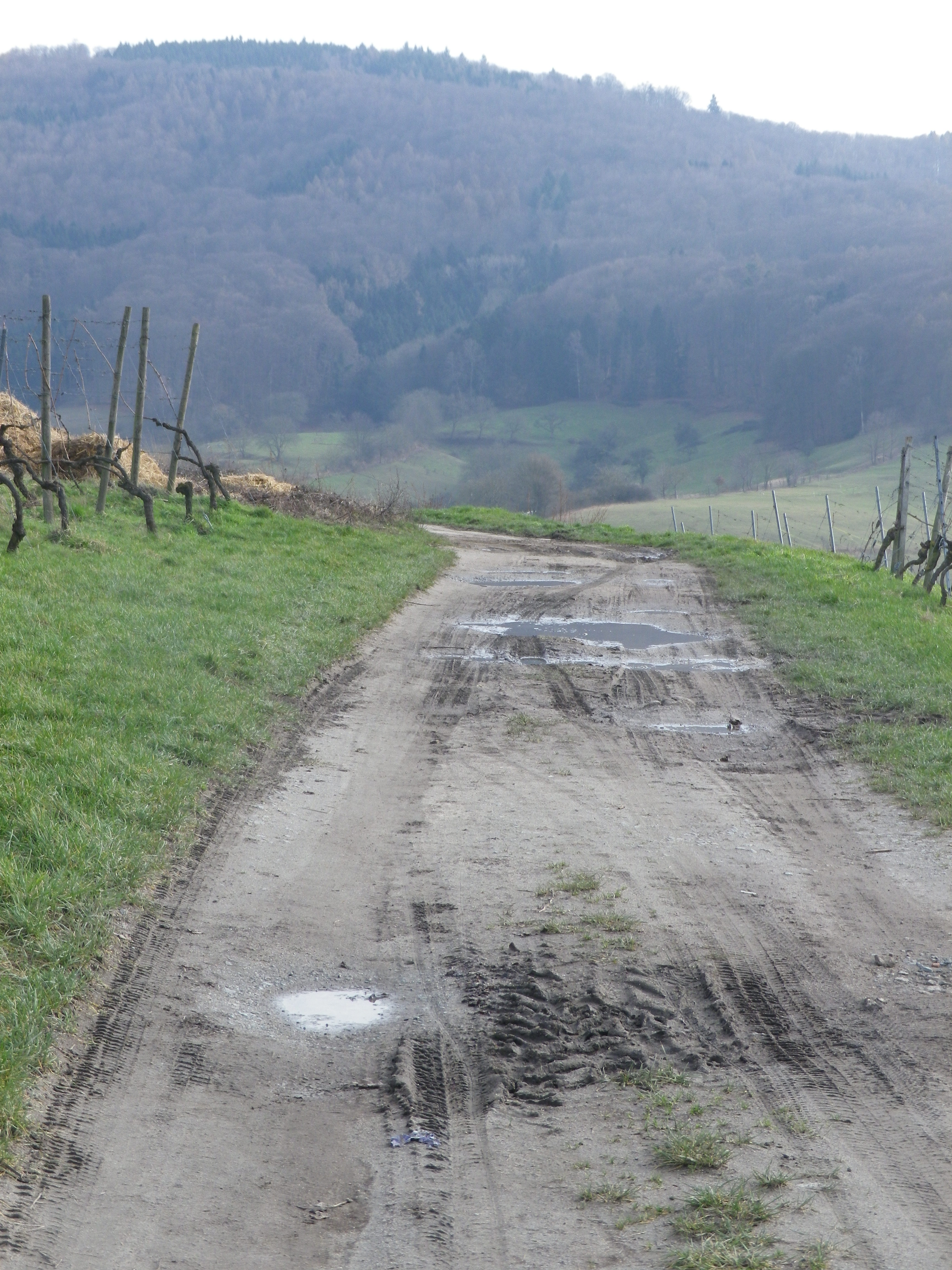
Restrooms:
Bensheim: Haus am Markt, Marktplatz//Buergerbuero: Hauptstr 39//Bahnhof, in front of it
Attractions on or near Trail:
See Tasting notes below, reference Heppenheim.
Tasting along the Trail:
Bensheim: A couple of wine-makers in the town of Bensheim, several pubs/wine bars offering local wines.
Heppenheim: Nearby town has the Bergstraesser Winzer, a wine cooperative, wine shop and wine tasting lounge, where you will find lots of information about wines and wine-making in this area.
Alternative Options:
Biking: Winzer und Weinstuben Tour, an easy 19-kilometer long bicycle route passing vineyards, wine bars and wineries. See the Nutshell here.
Car: Ferienstrasse Bergstrasse, a 28-kilometer car touring route, includes Bensheim and many more towns, many of them wine producing towns, from Darmstadt to Heidelberg.
Additional Information:
Regional: https://www.bensheim.de/tourismus/touristinformation.html
Trail specific: https://www.bensheim.de/fileadmin/media/bensheim/06-Tourismus/Wanderungen-um-Bensheim.pdf (starting p. 32); AKA: Gronau-Weg
Comments:
The trail name says it all: An easy and very relaxing experience, in a little-known wine region.
Gallery December 2023
The Old Moselle
Along the Roemische Weinstrasse, that section of the Mosel where Romanitas arguably reached its maximum expression in Germany, there are many reminders of the era that once was, and what it became. For these two reasons alone, the hike along some of the best vineyards found in this stretch of the Moselle was a rewarding experience.
Trier, once the capital of the Roman Empire, is itself worth a hike through the city. A magnificent city gate (Porta Nigra), the basilica of Aula Palatine, an amphitheater, baths, a bridge, impressively show the former grandeur of this city. The nearby village of Mehring also boasts villa ruins dating to that era. In short, back in the day, this city and the surrounding countryside was the place to be. While neither place is as grandiose as it once was, that remains in this area is dedicated wine-making, and impressive views.
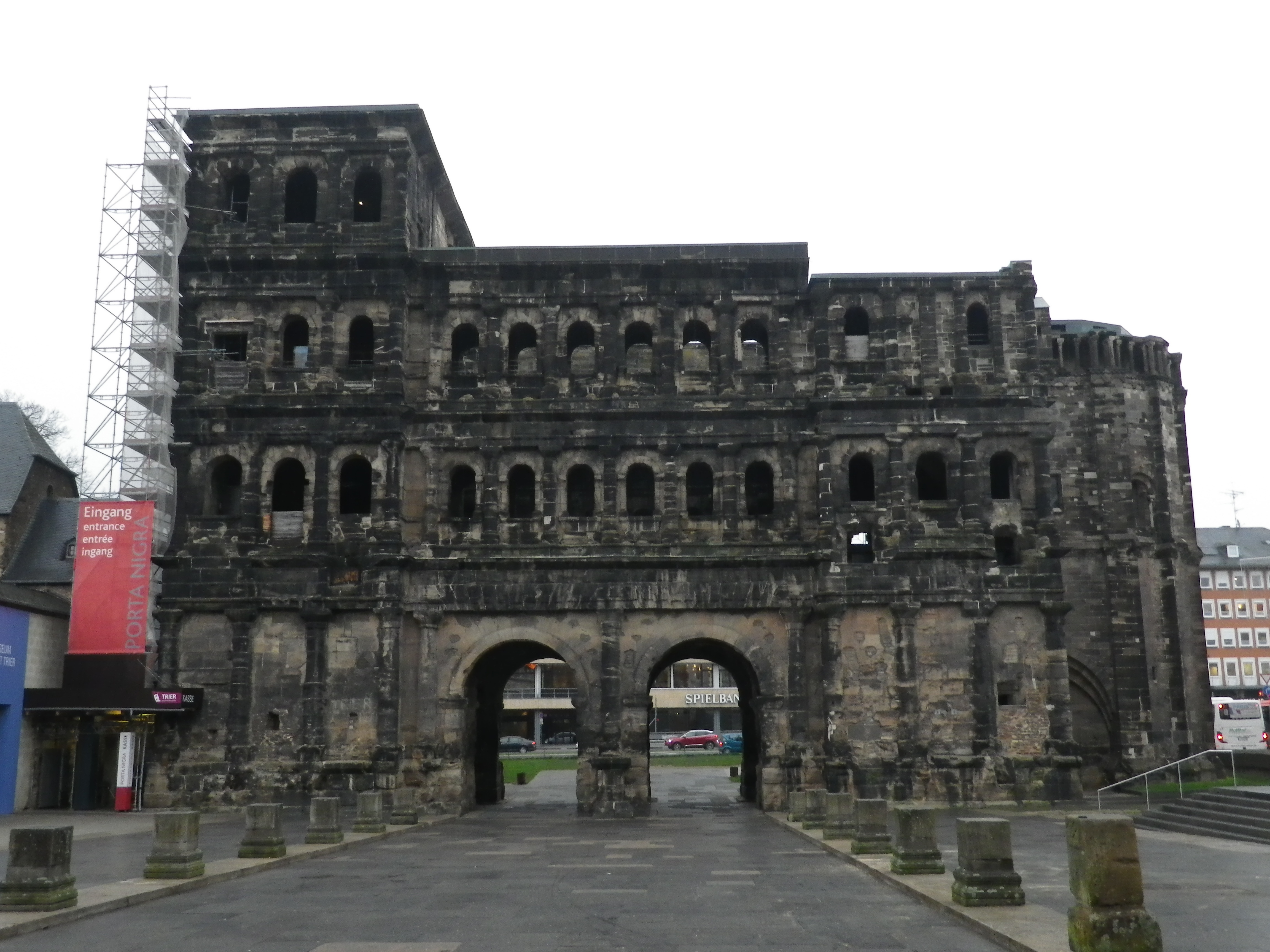
The circuit hike began in the center of Mehring, on the left bank of the Moselle, opposite the former villa. The circuit began with a climb up through the vineyards to the grill hut near the top. A great place to grill and enjoy the view, before continuing on up the hill heading beyond the Blattenberg vineyard toward the Goldkupp one. This is one of the most highly esteemed vineyards in the area, and with its steep slope, and southern exposure, it is favorably sited for vines! Undoubtedly, vines grew here during the Roman era as well.
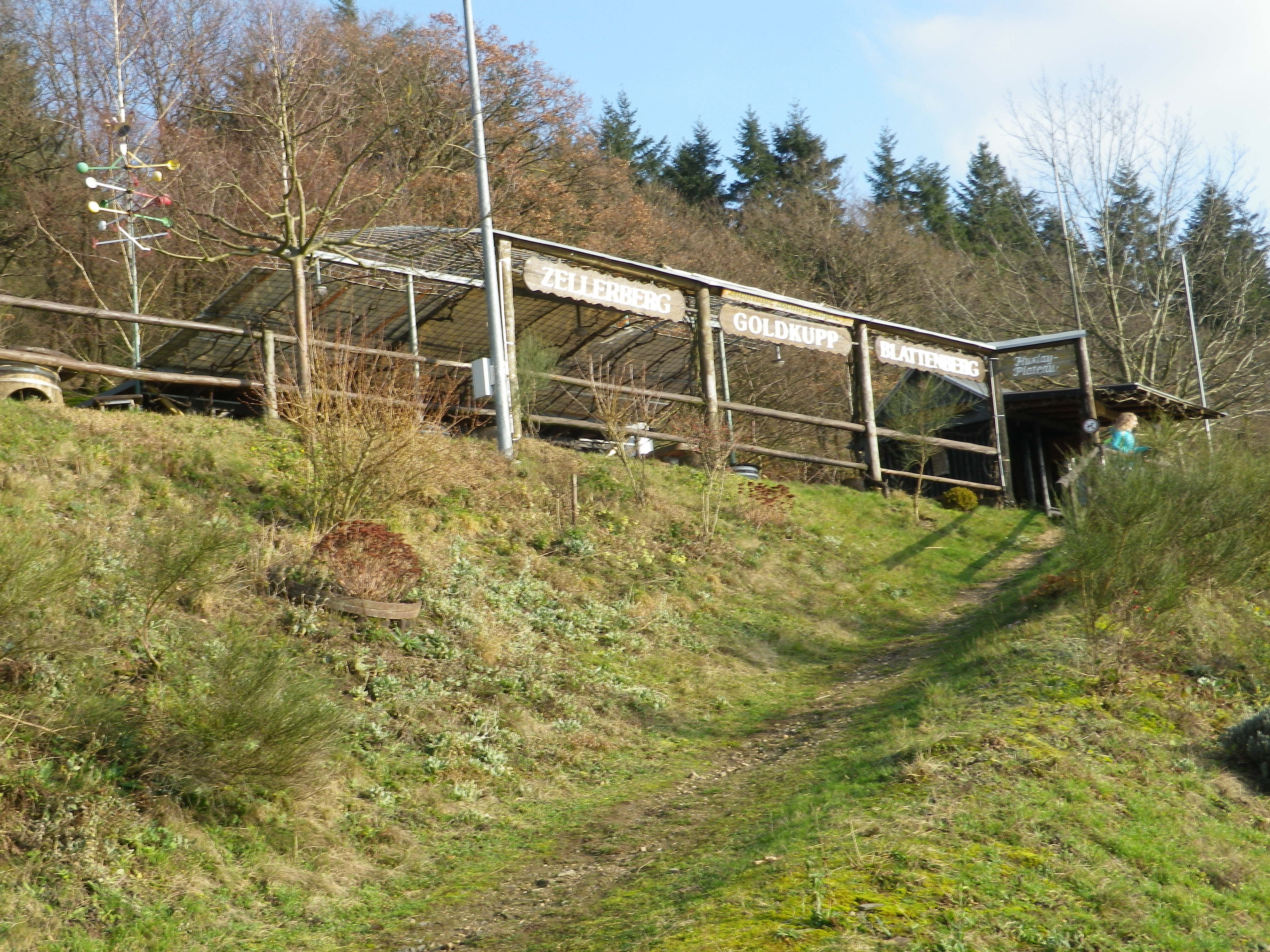
Soon I came to the 10,000 liter wine barrel. Converted into a picnic area, it offers nice views of Goldkupp. Being just above 500 meters below the Ortsberg peak, it also had great views of the river and the hills beyond. It was just possible to make out the Roman villa ruins on the other side of the river. Unfortunately, I had no wine to sip as I admired the views seated at the picnic table.
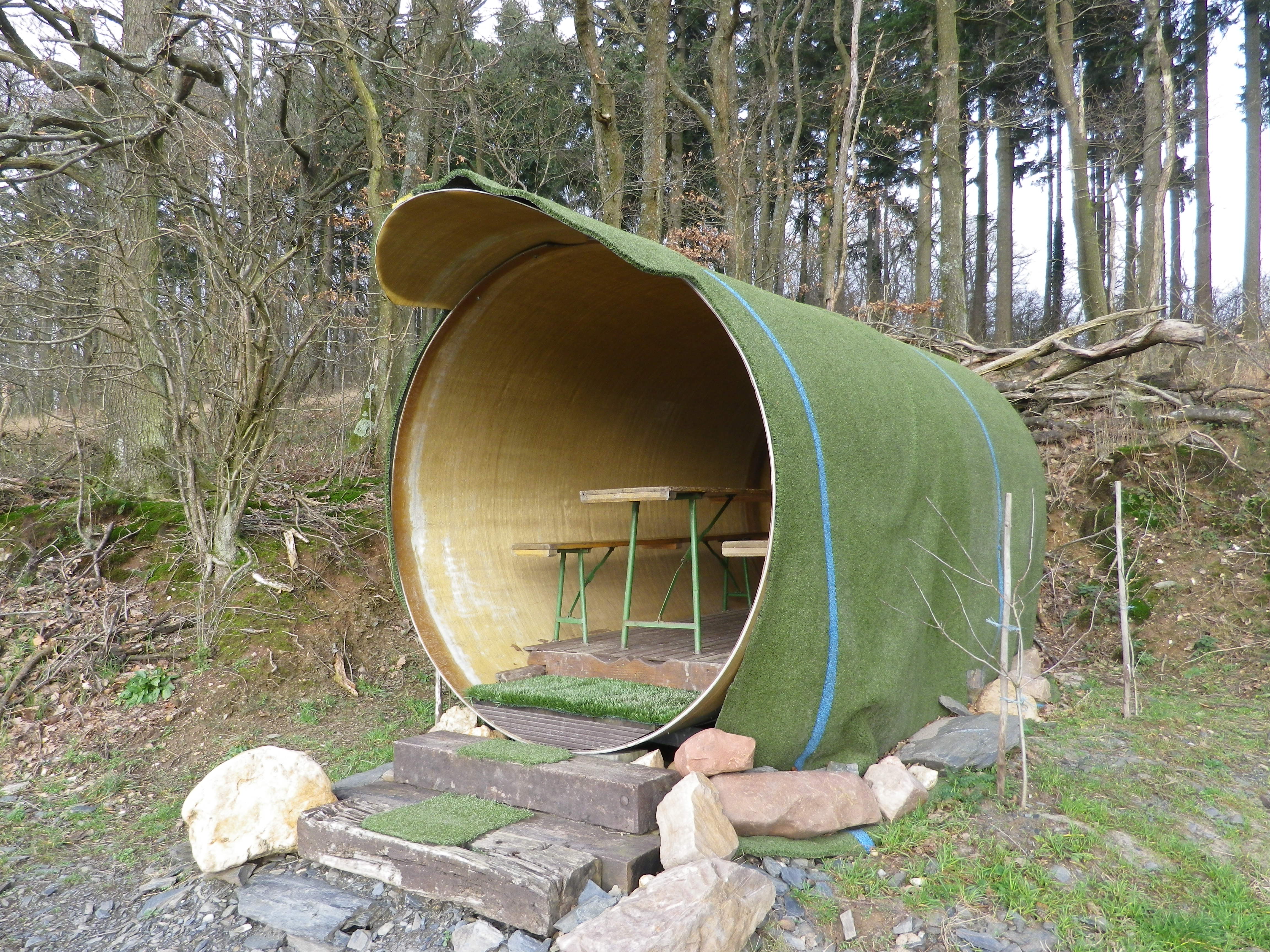
The trail then curved behind the slightly lower Hundsbuckel peak. One nice thing about this trail is that some of it passes through woods, along shady paths that in summer would be a welcome break. Between vines and woods were fields, marginal areas not suited for grapes. Vineyards appeared again on the lower reaches of the slope, just outside of the village. At that point, looking up at the vineyards served to illustrate just how much this village is devoted to wine, how the vines dominate it, as undoubtedly it has for centuries.
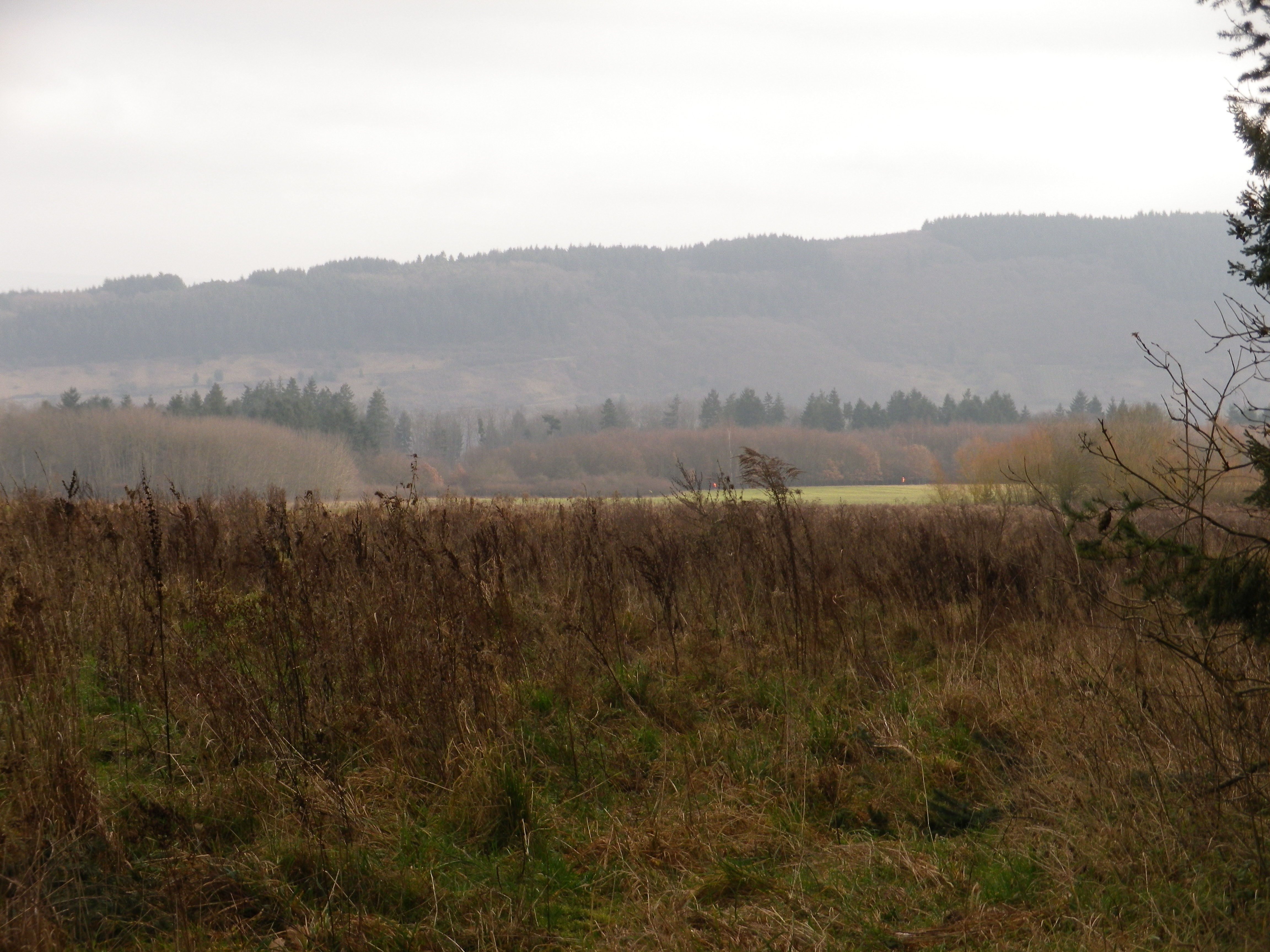
Passing back through the village center on the left bank, one is struck by how medieval it is. You can tell from the street layout. In the mid-eighth century, Charlemagne’s father donated the area to the Prum Abbey, and it then became their most important wine-making place, indicating that Frankish warlords, after taking control from the Roman administration, at least let things continue as they had under the previous administration. (Charlemagne himself, from his old Roman-era villa at Ingelheim, directed that grapes be planted opposite his villa, on the sunny slope, where the “winter snows first melted.”)
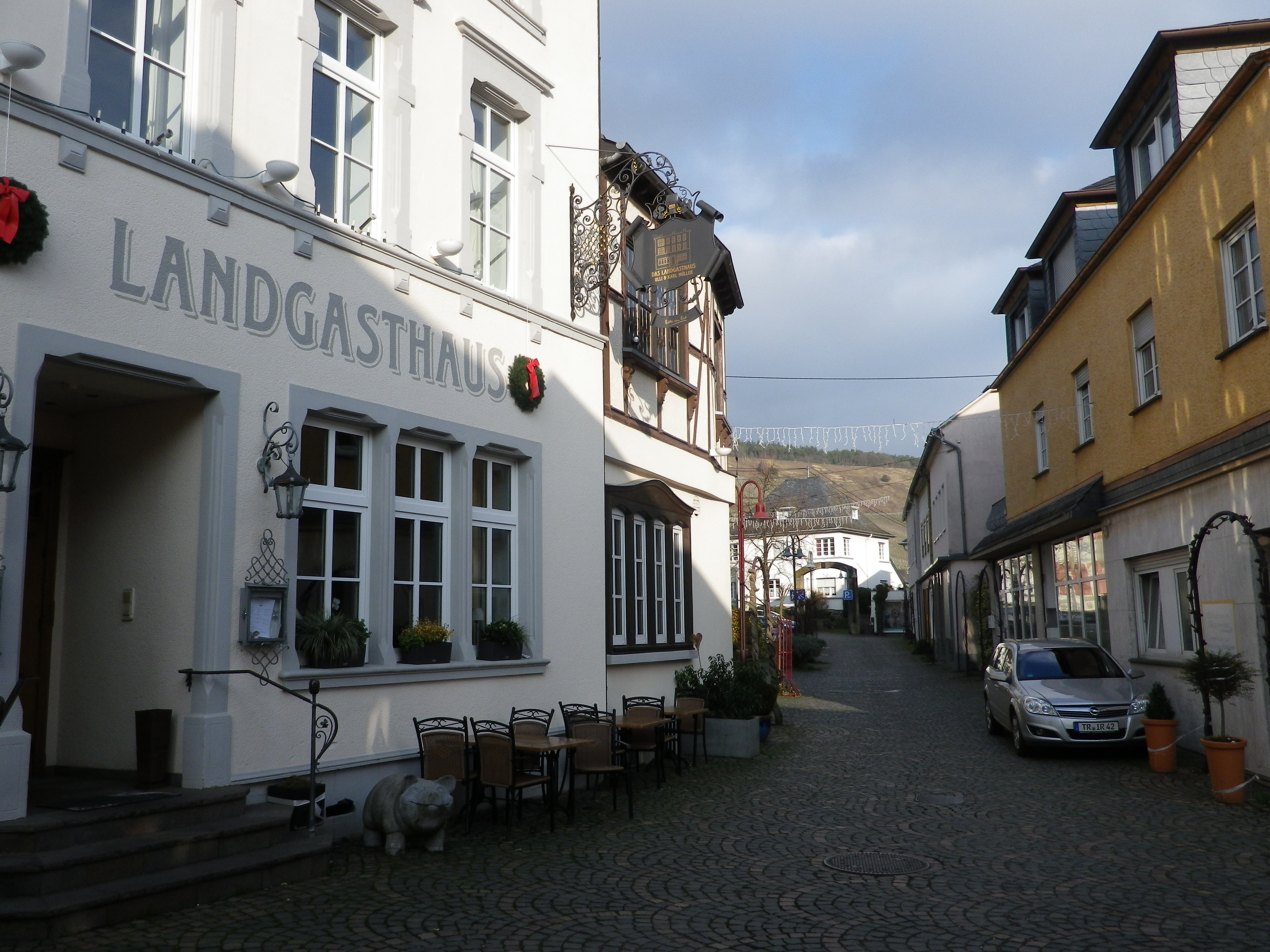
From the village center, taking a small detour to the river is advised. Or even more adventurous, cross the bridge to visit the villa ruins, always open, and worth a visit. From there, I admired the vineyards from afar, and contemplated the good life the owners must have had with their wines in their comfortable villa on this lovely stretch of the upper Moselle. Eons of time and generations of experience helped this lovely district evolve into what it now is, and nowadays it is certainly a place to be seen and savored!
